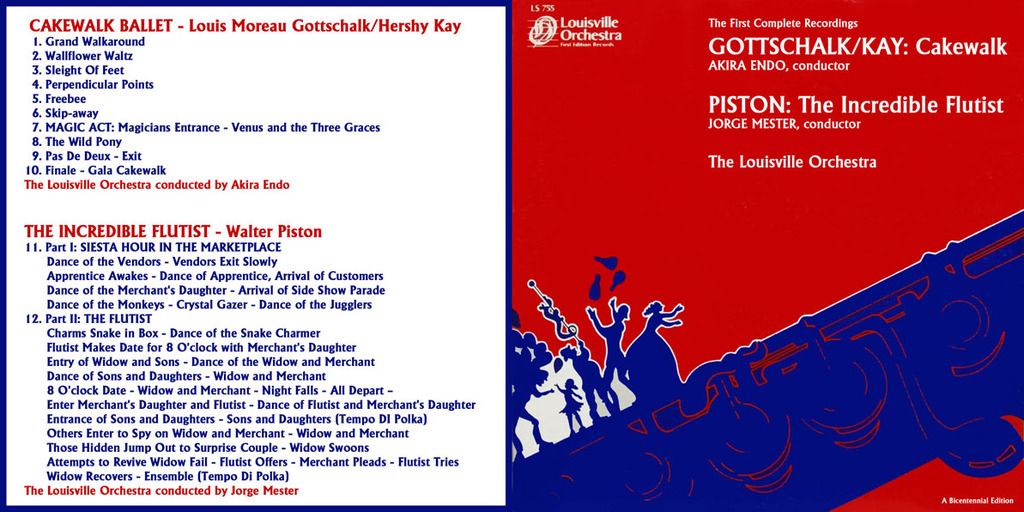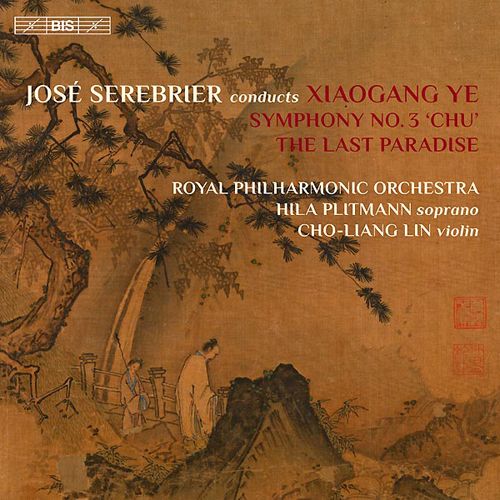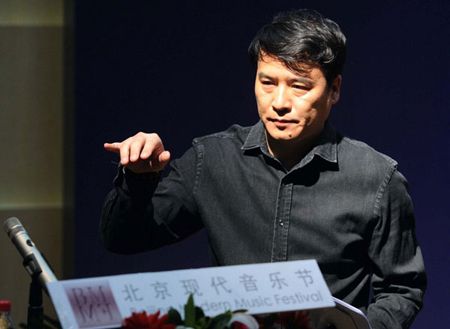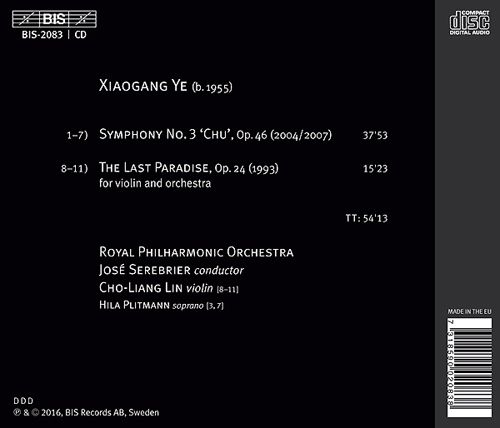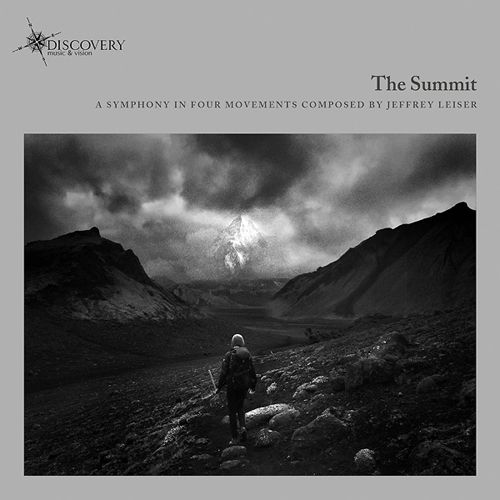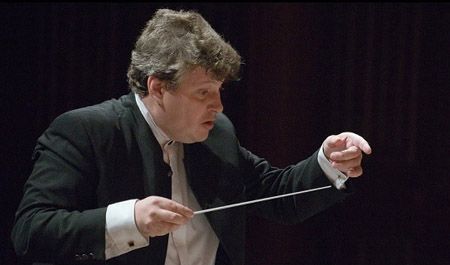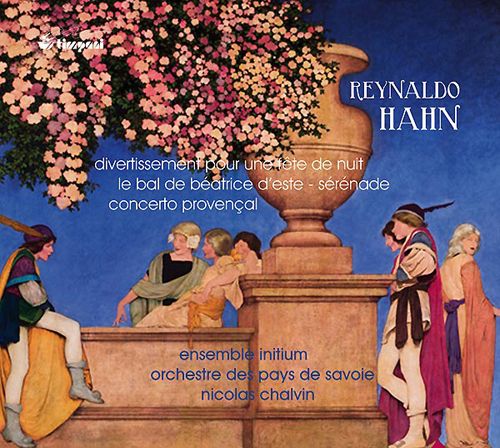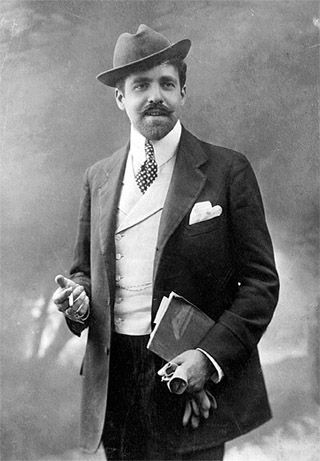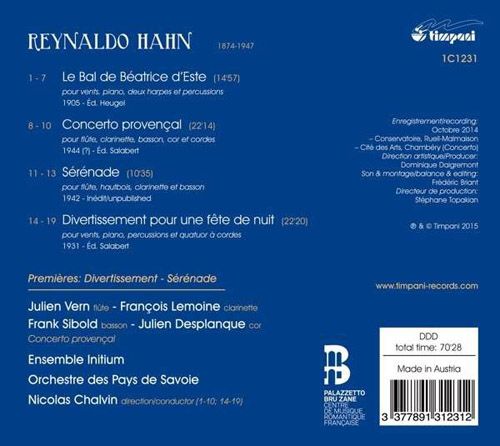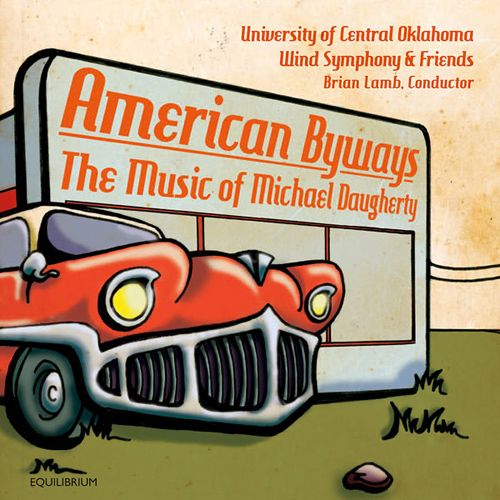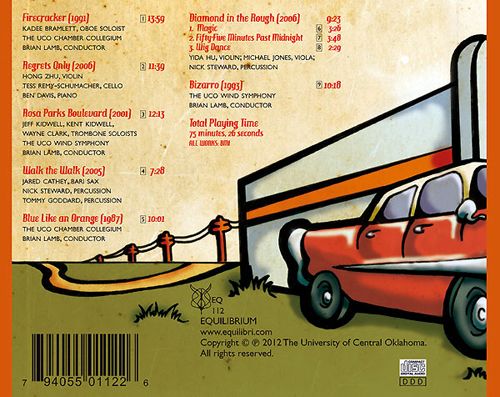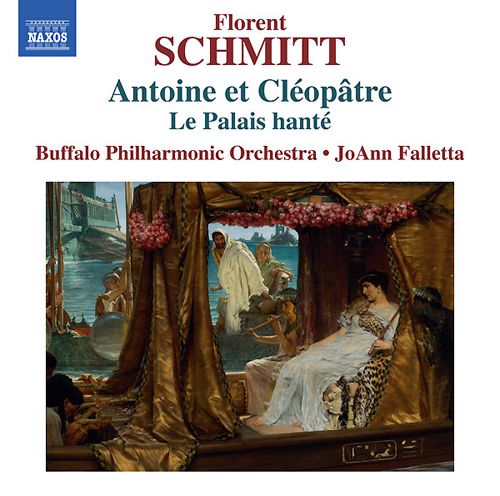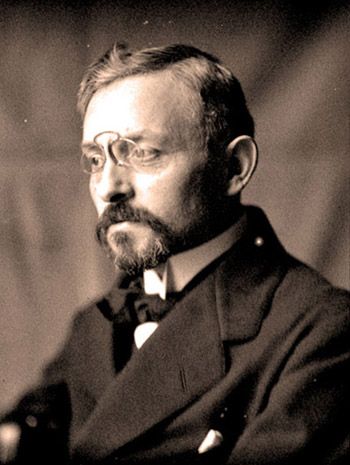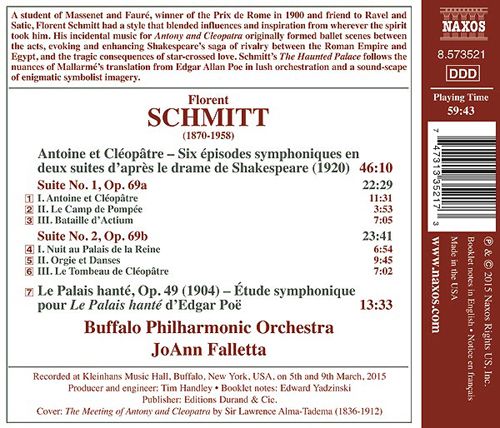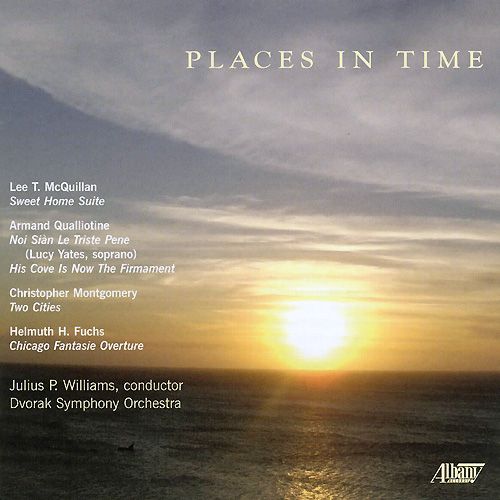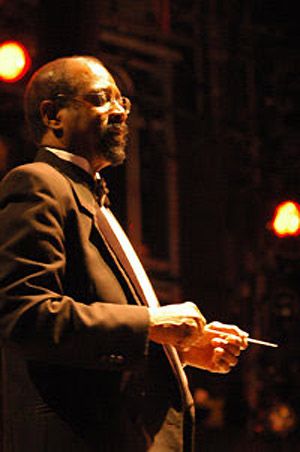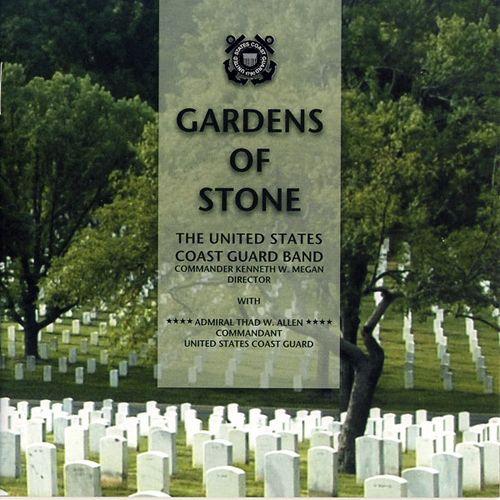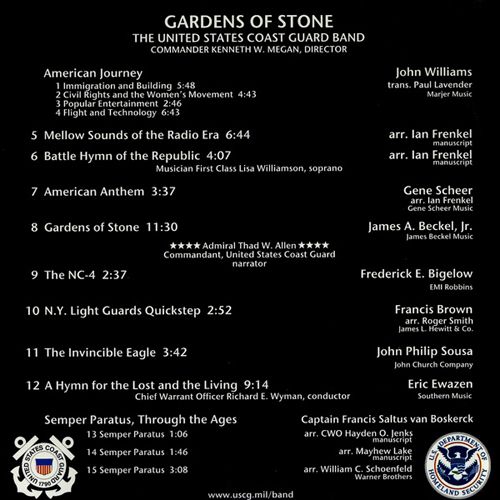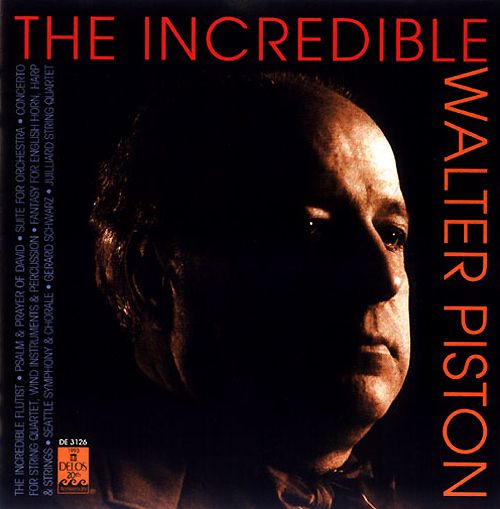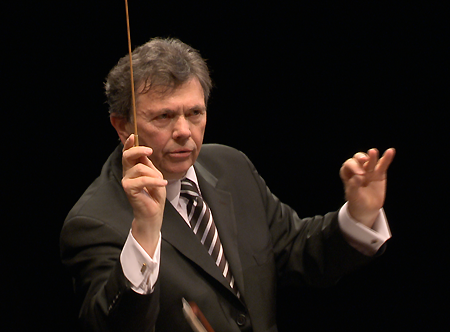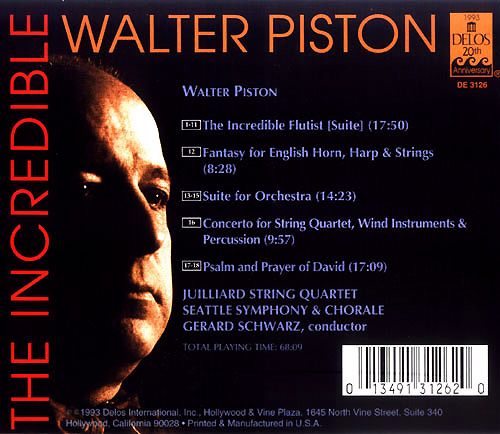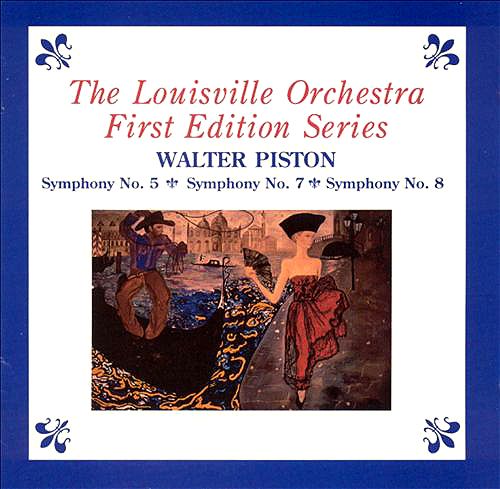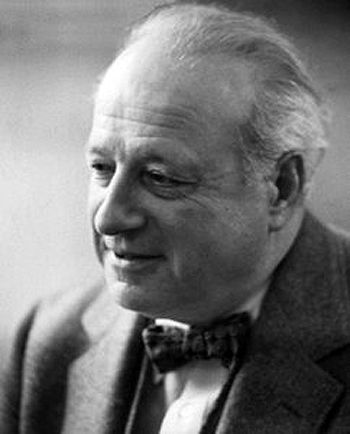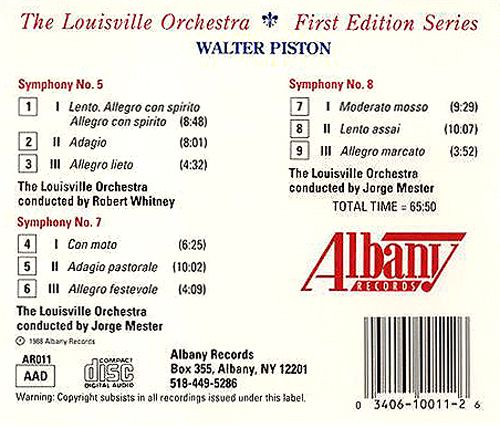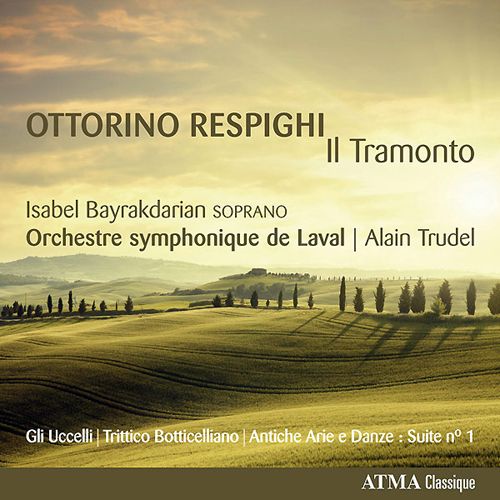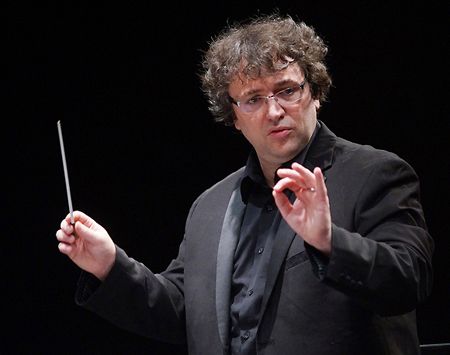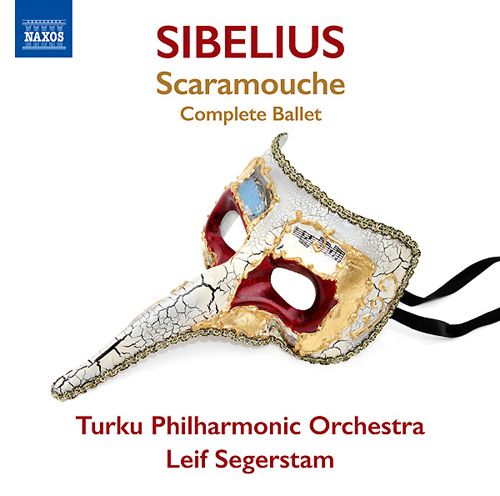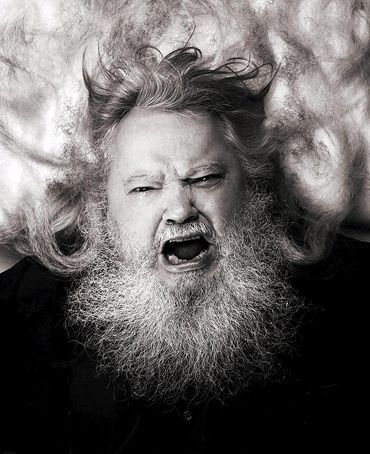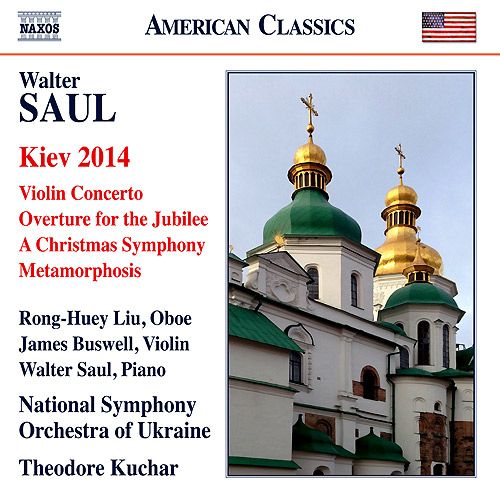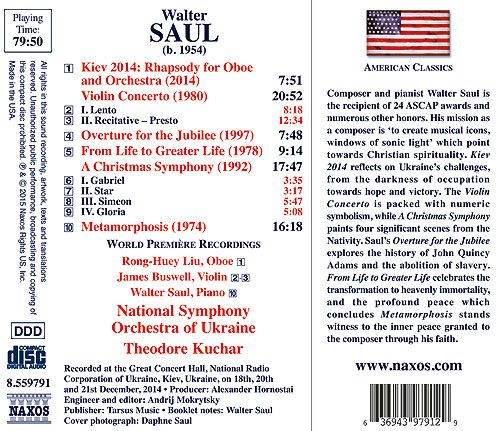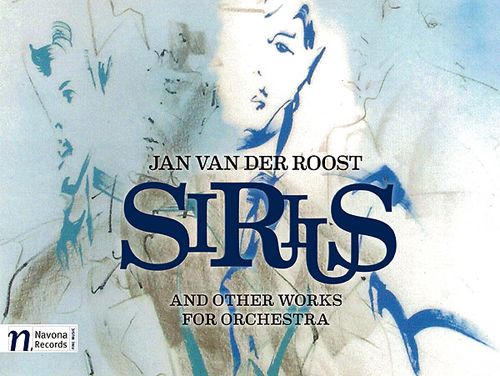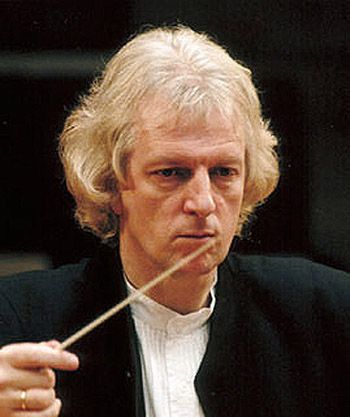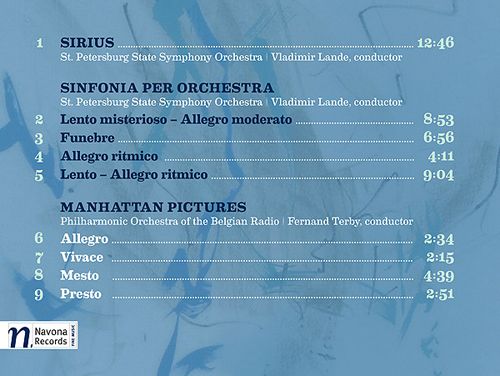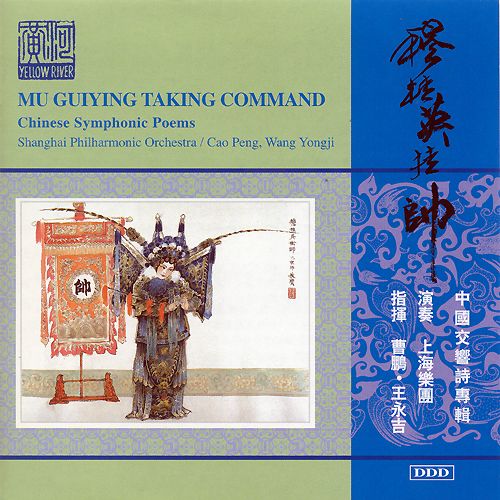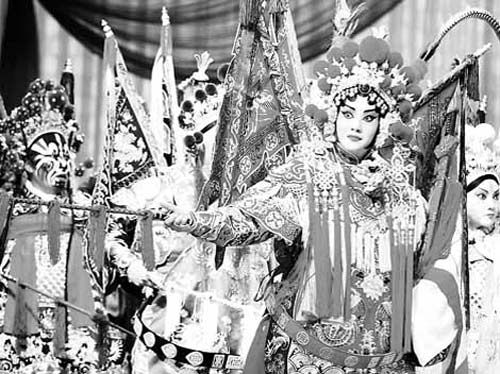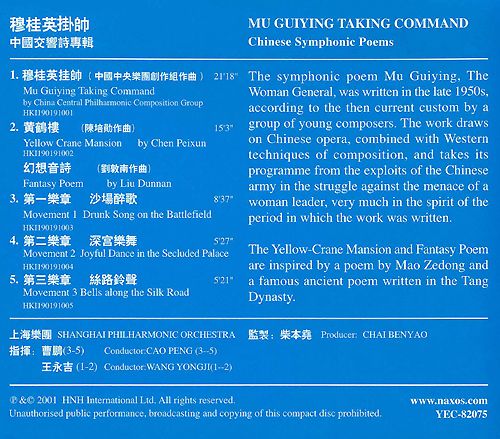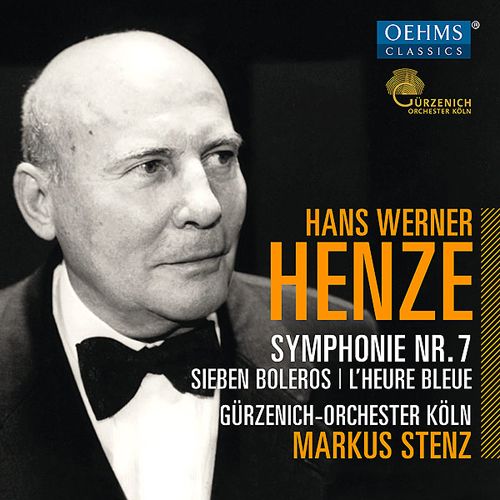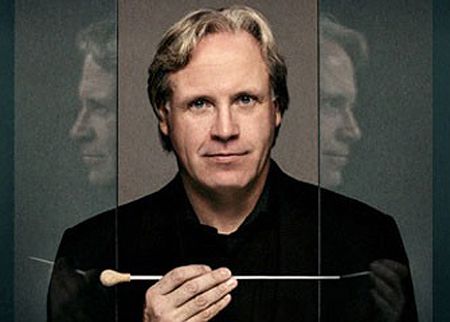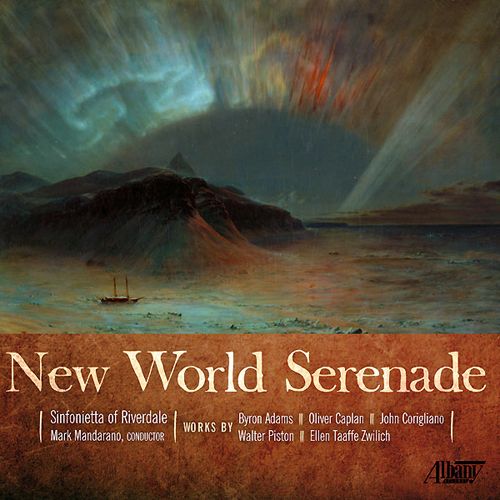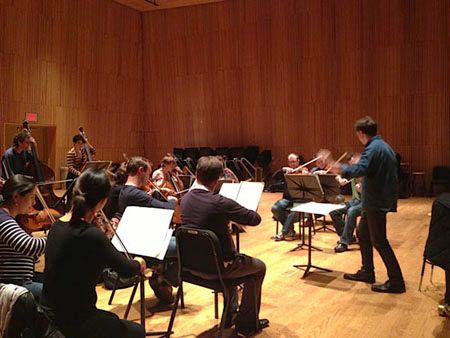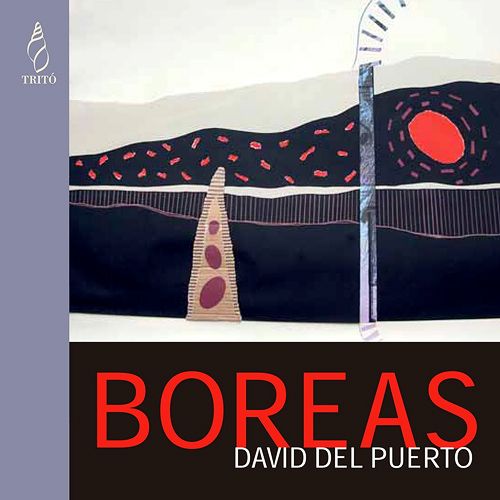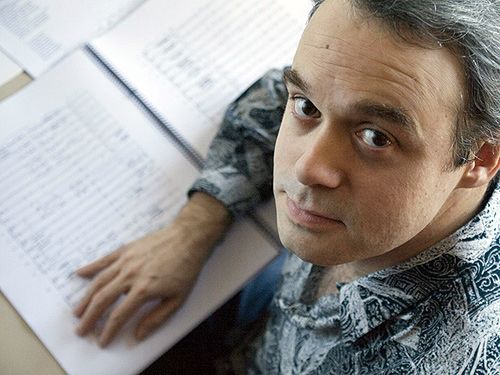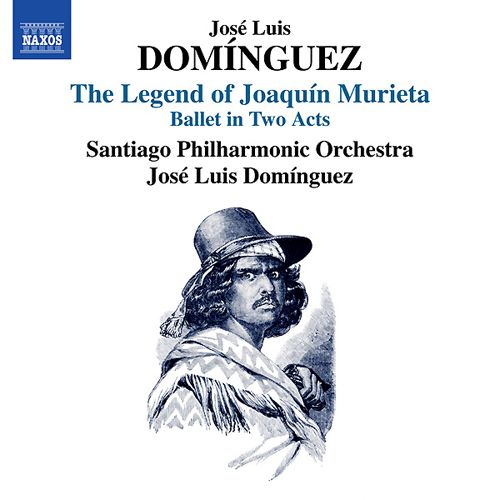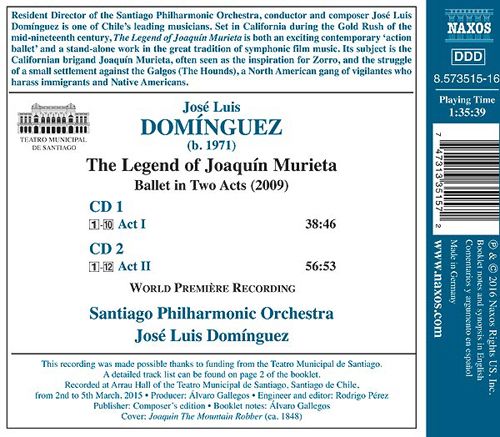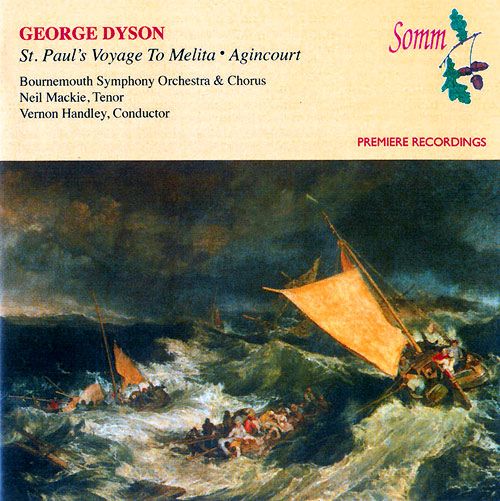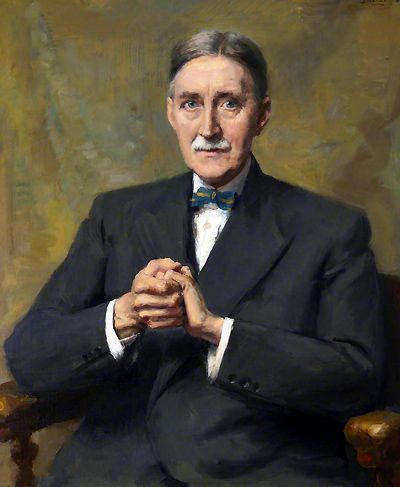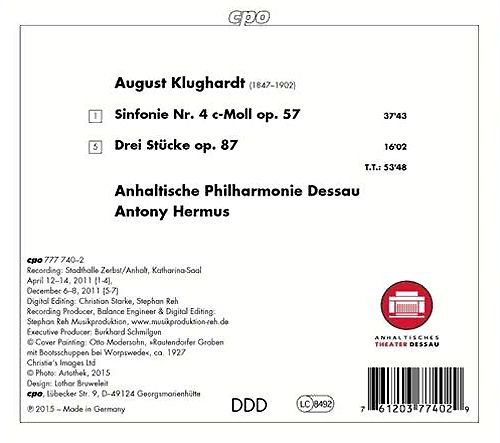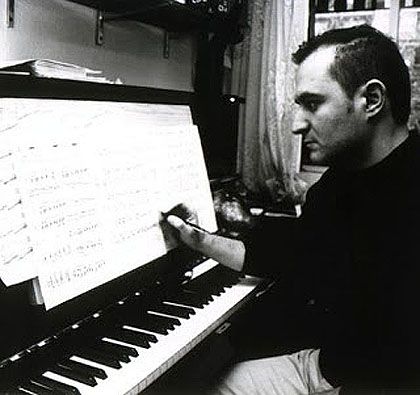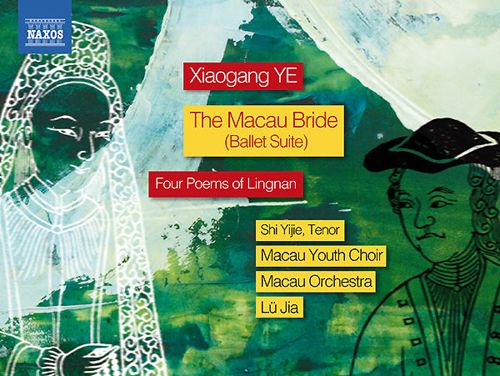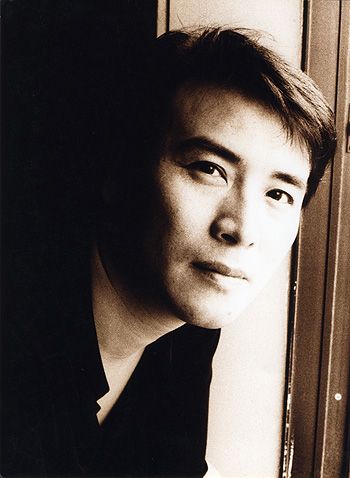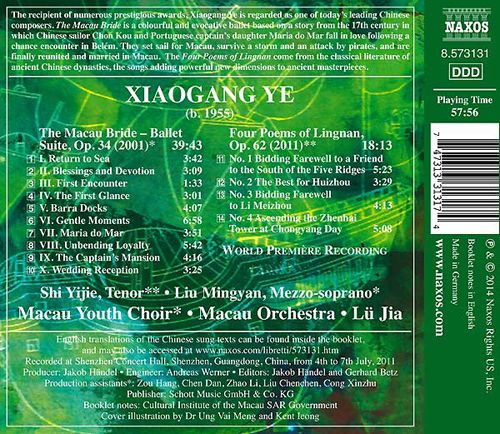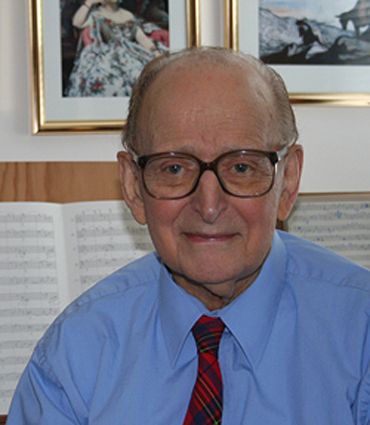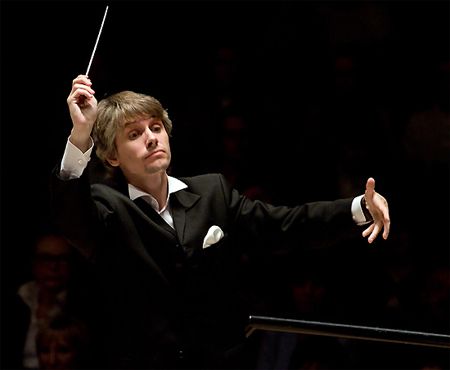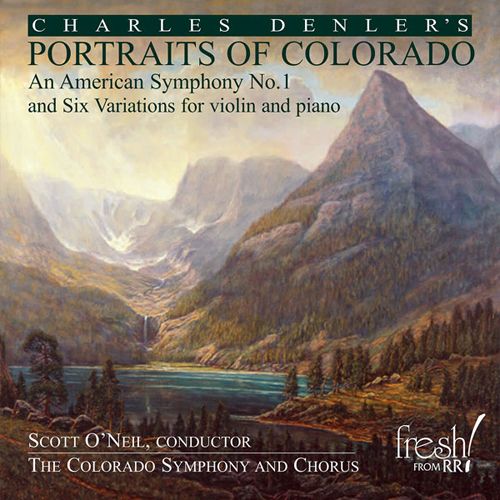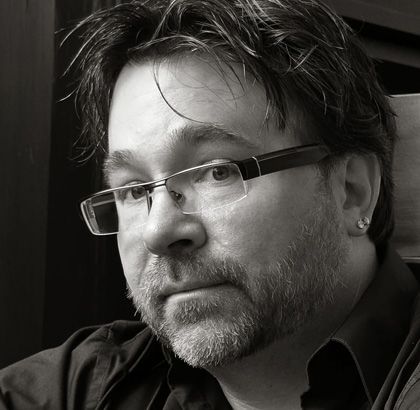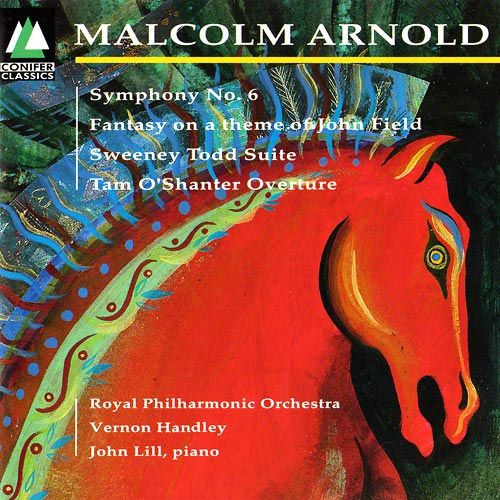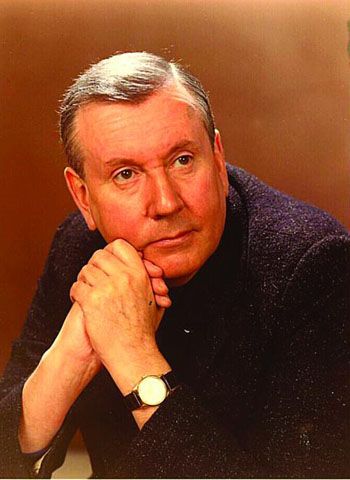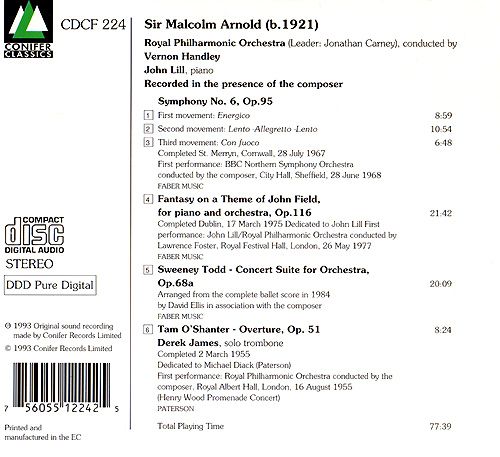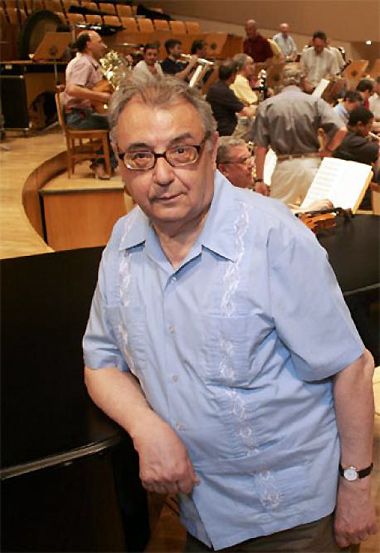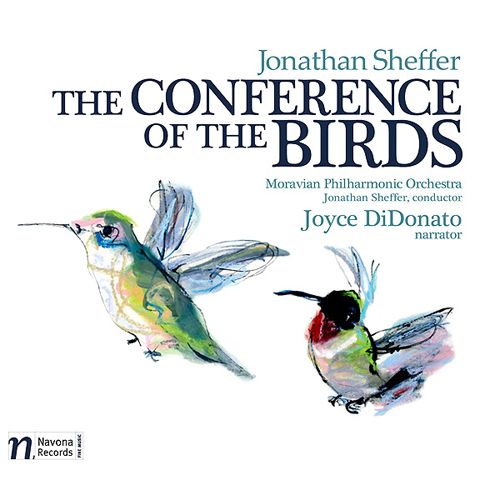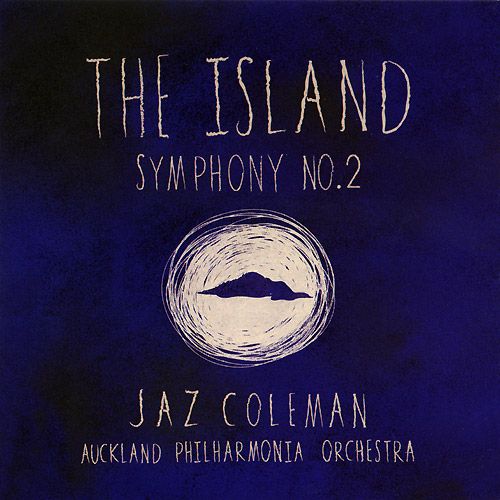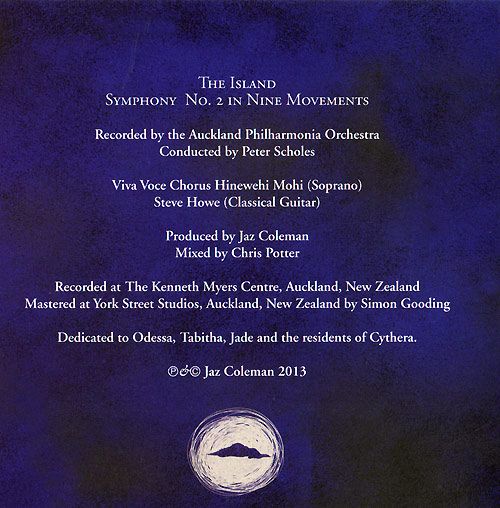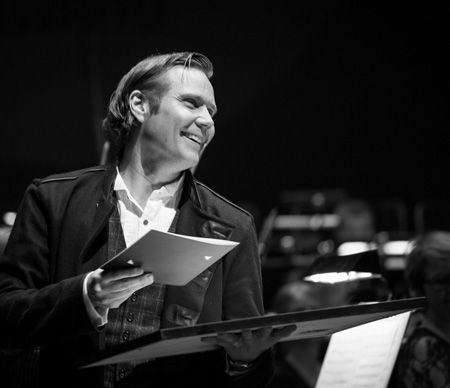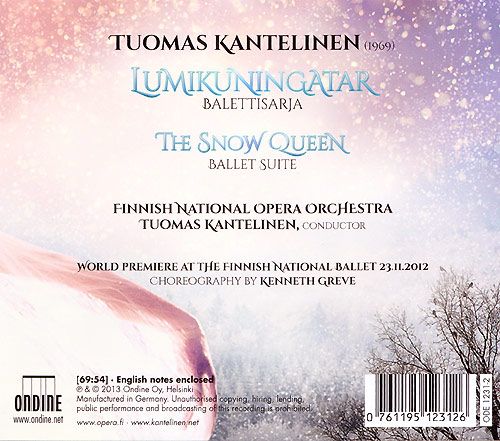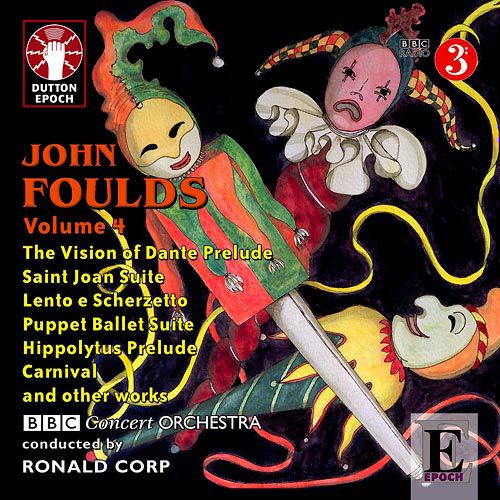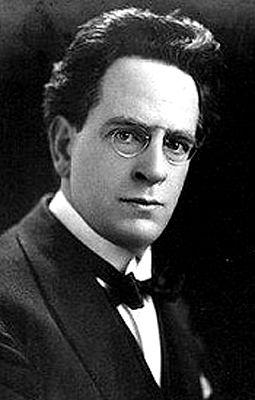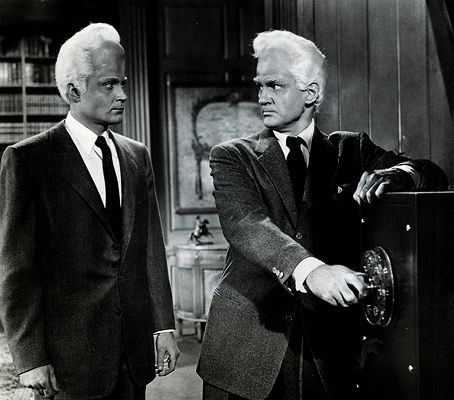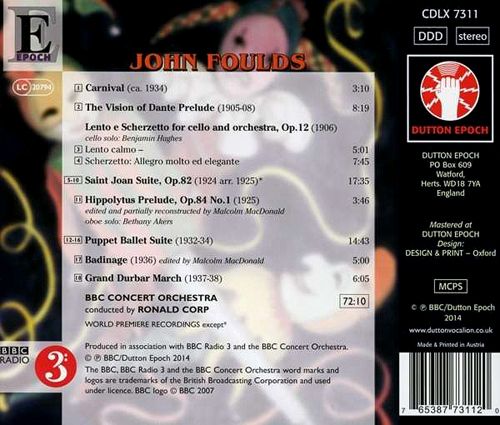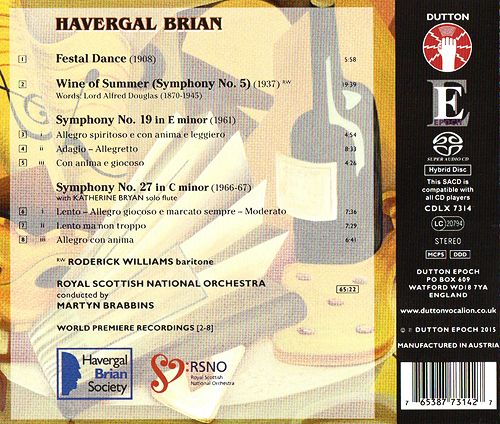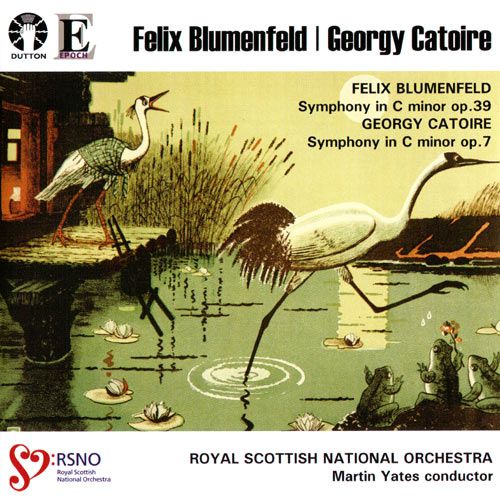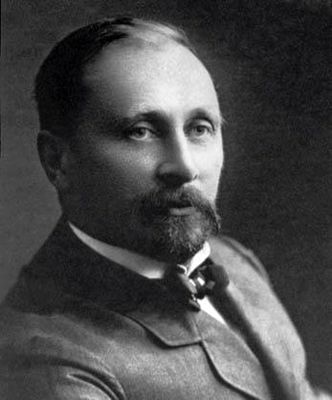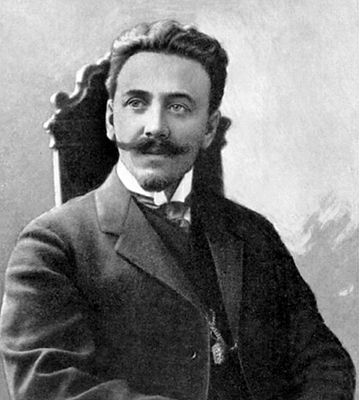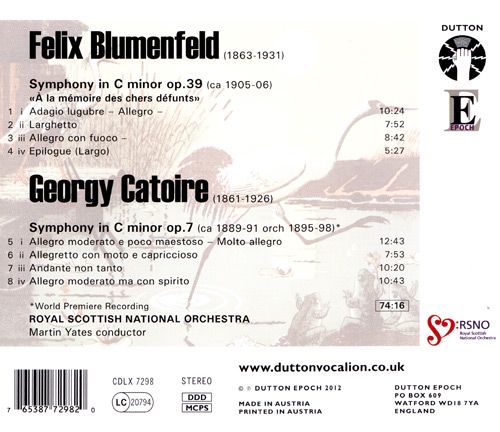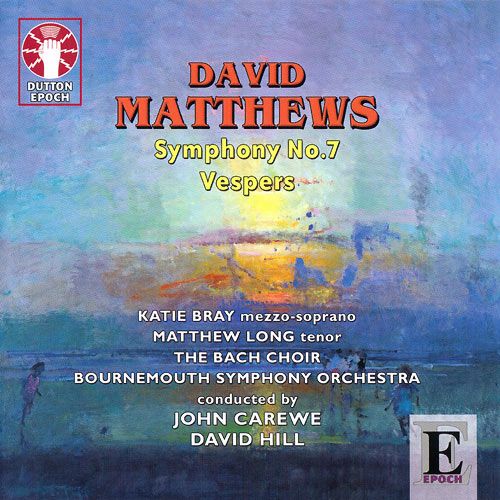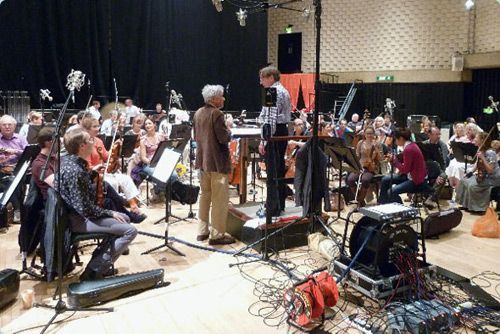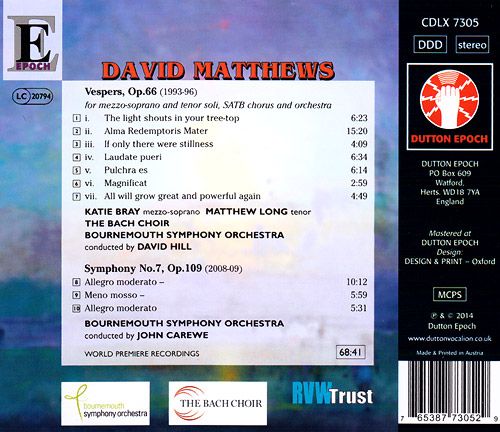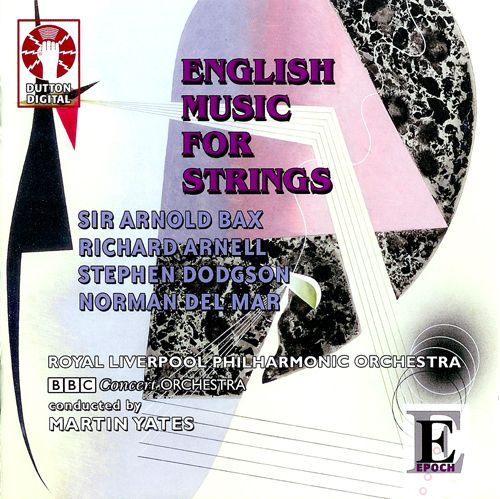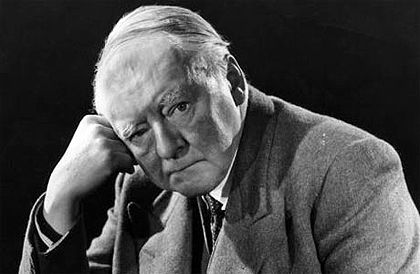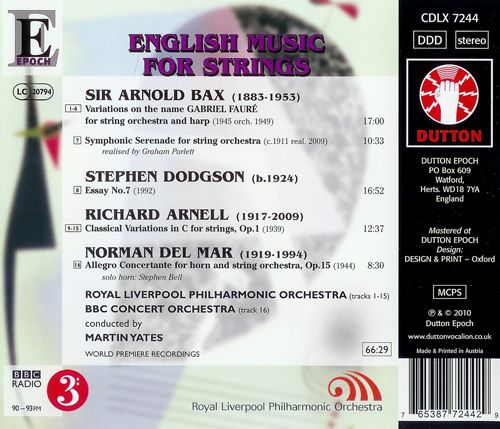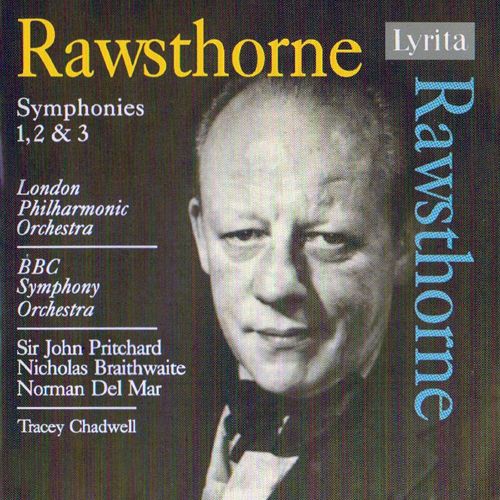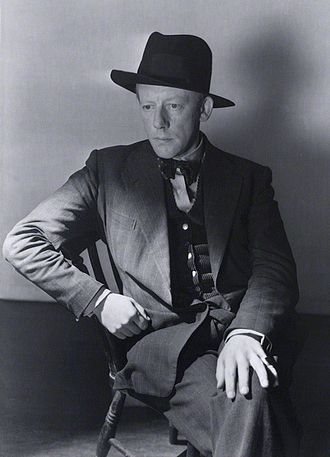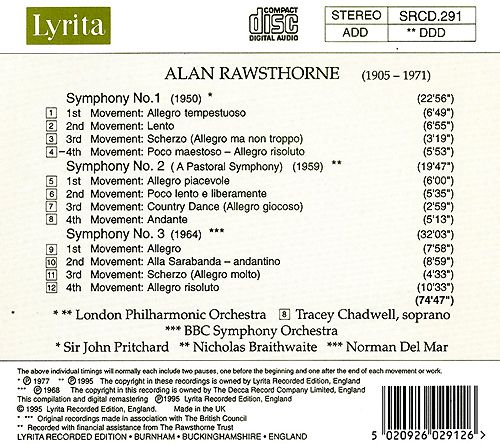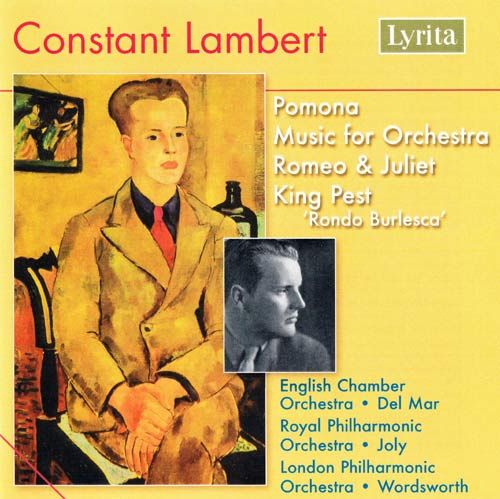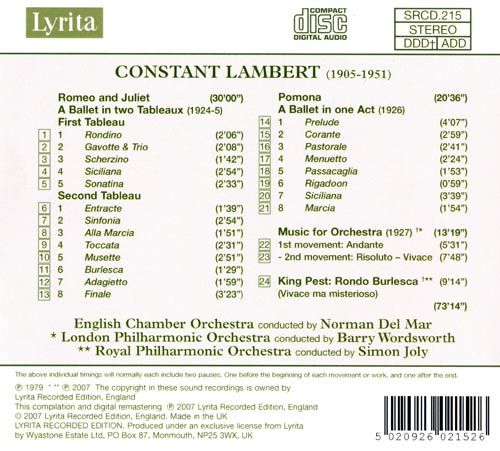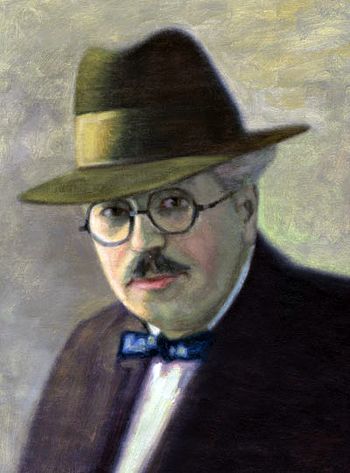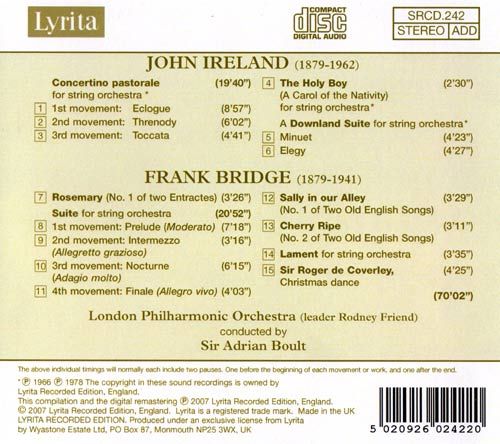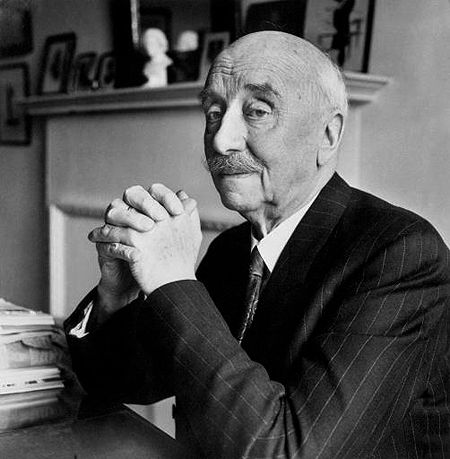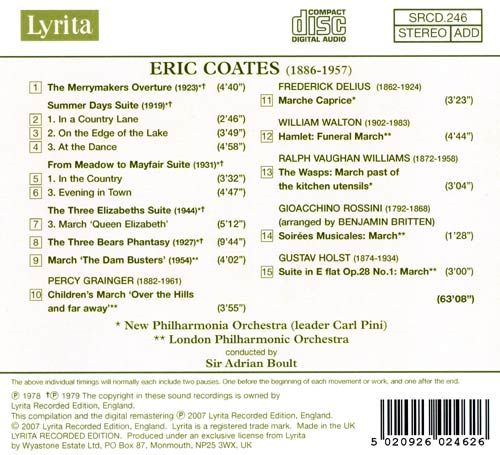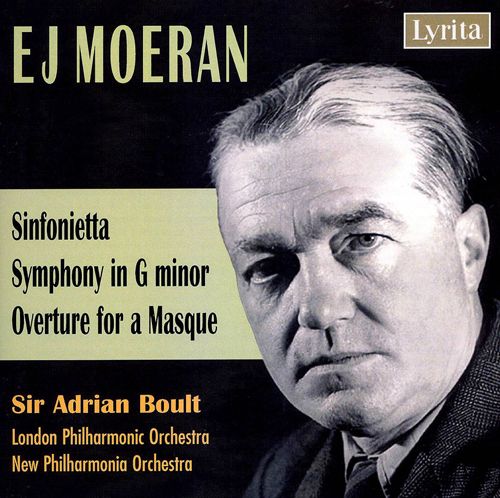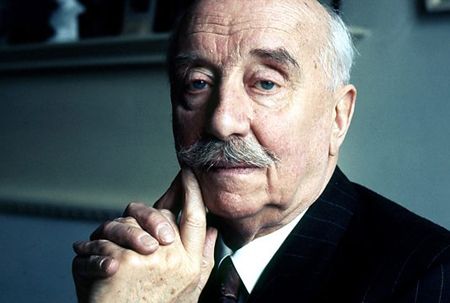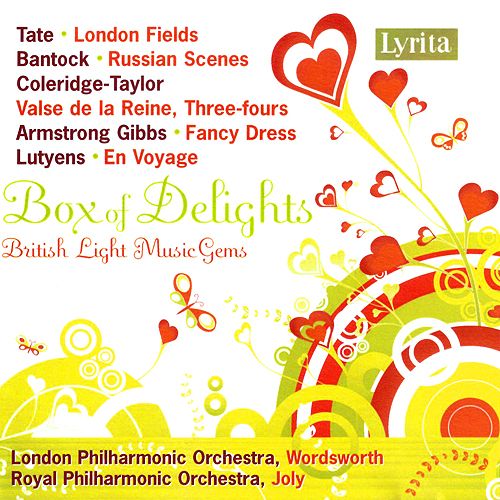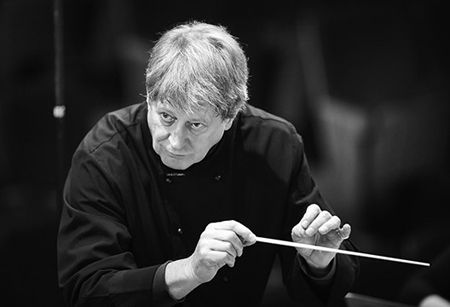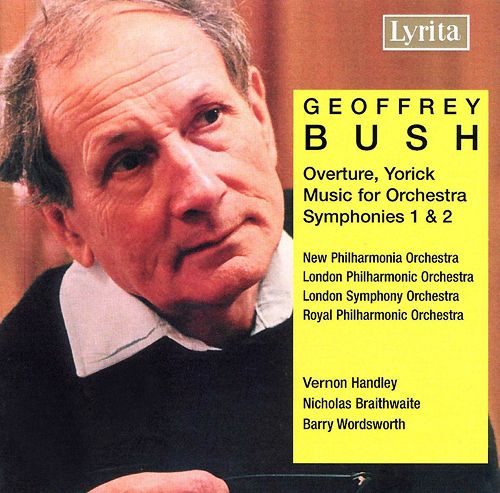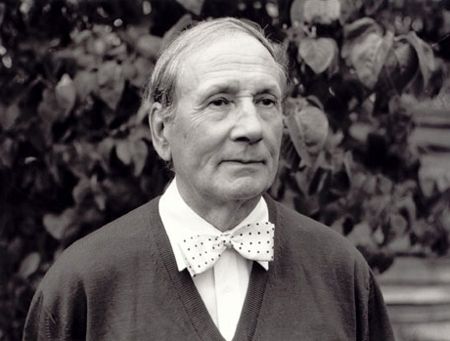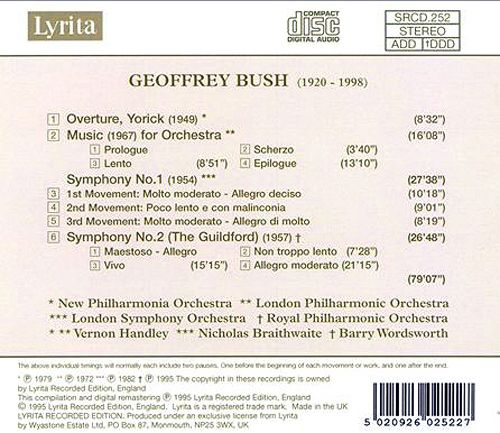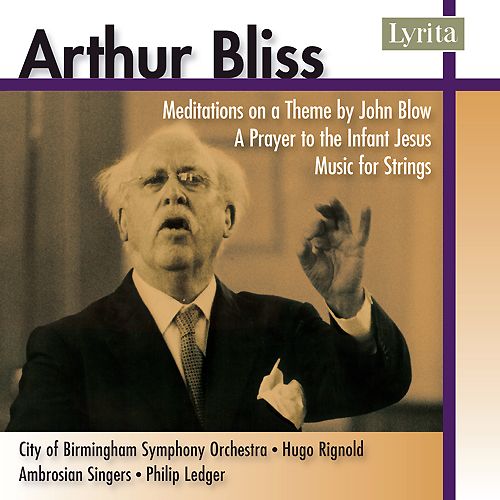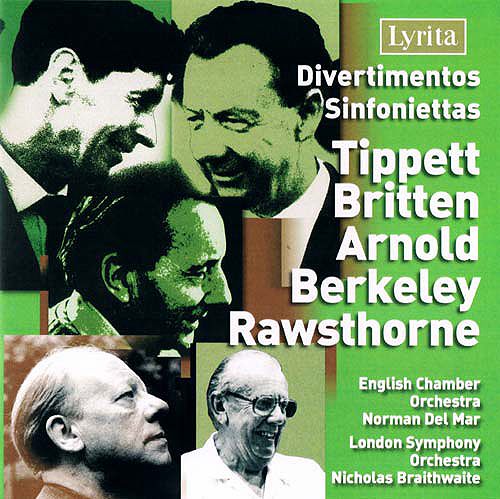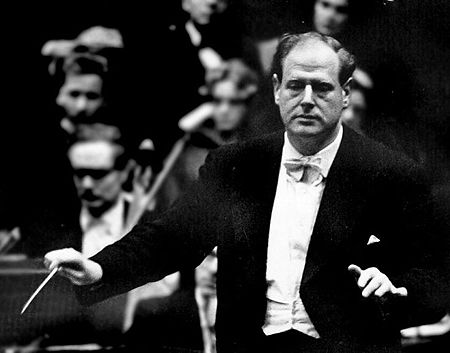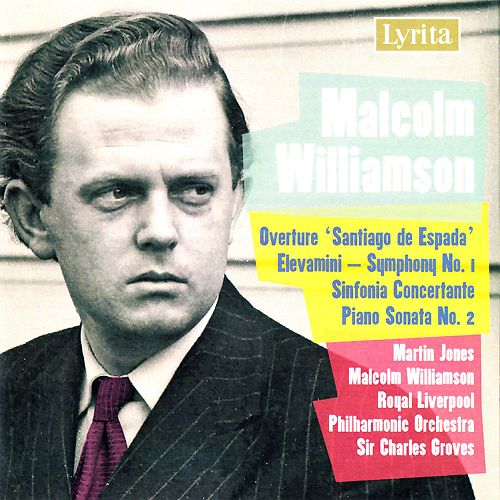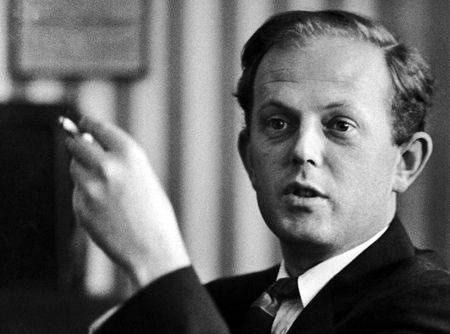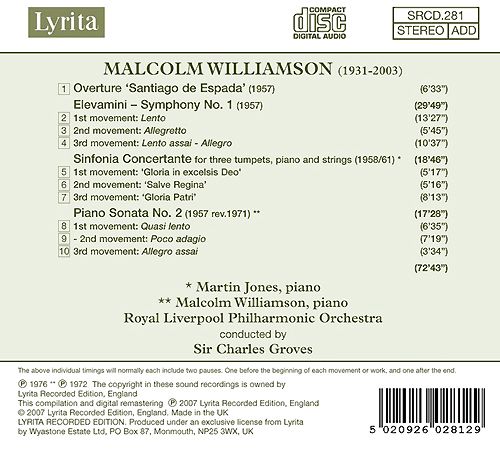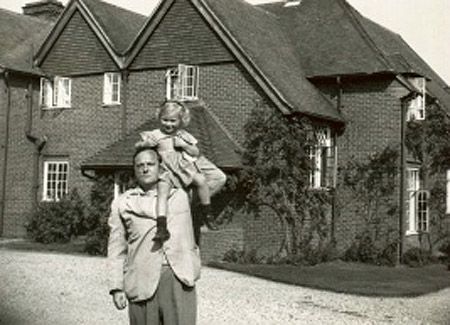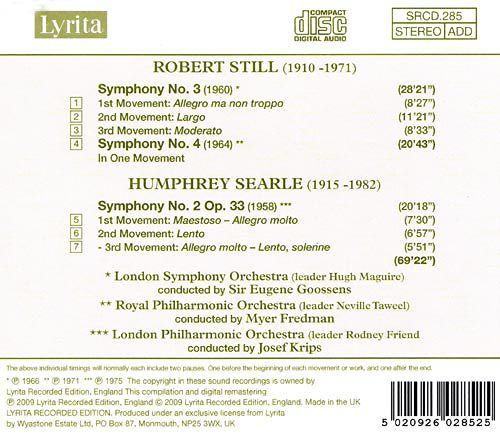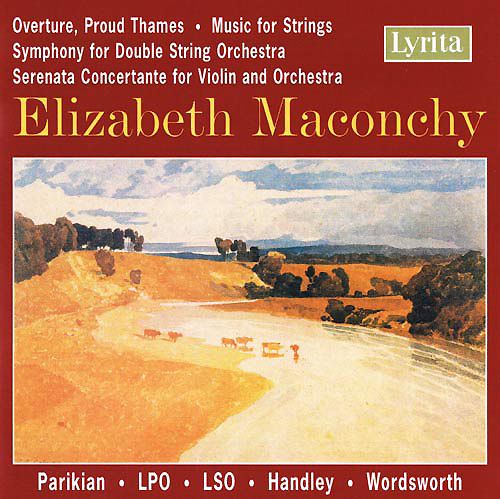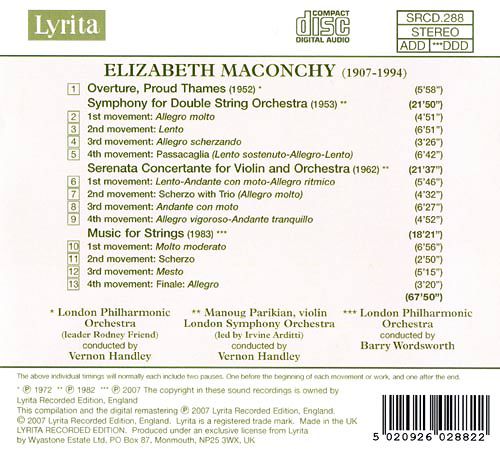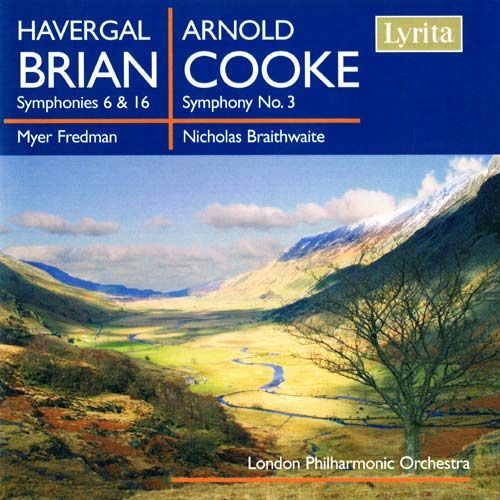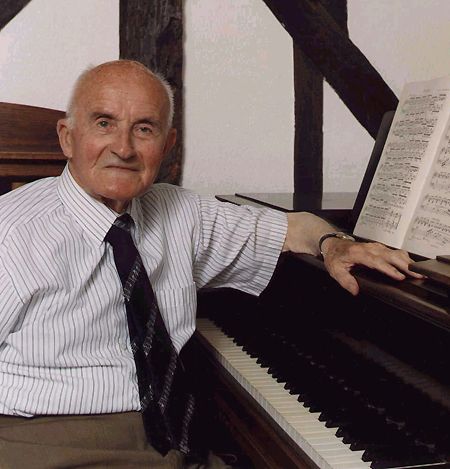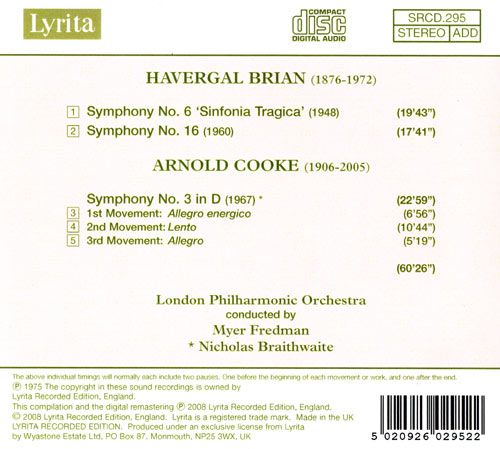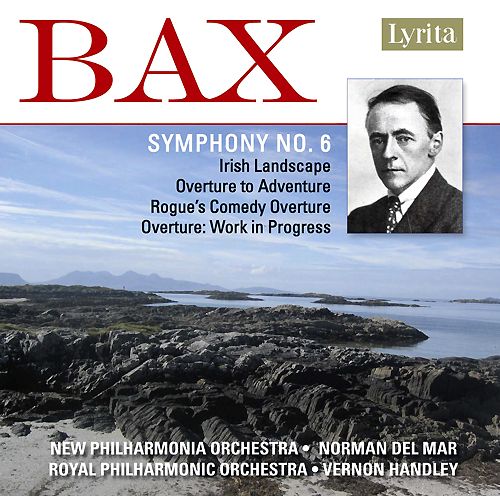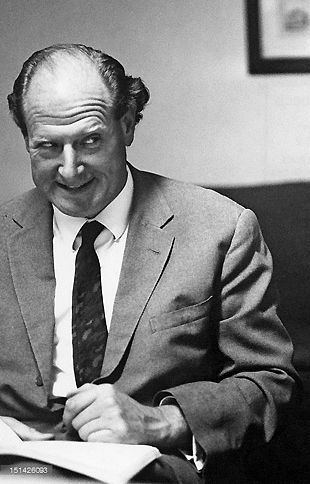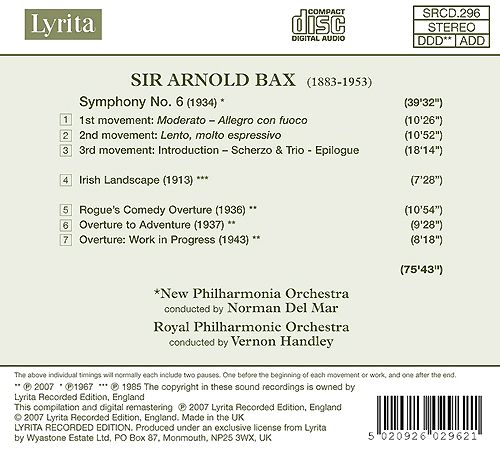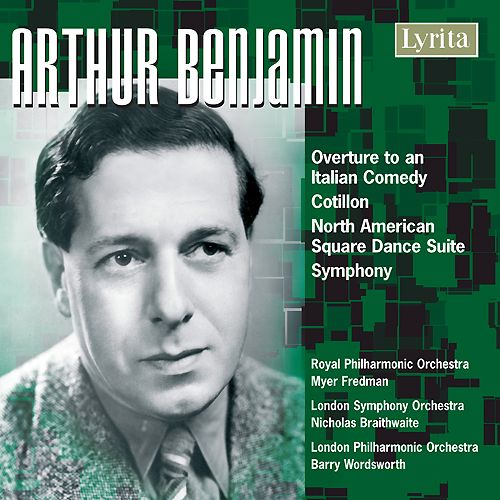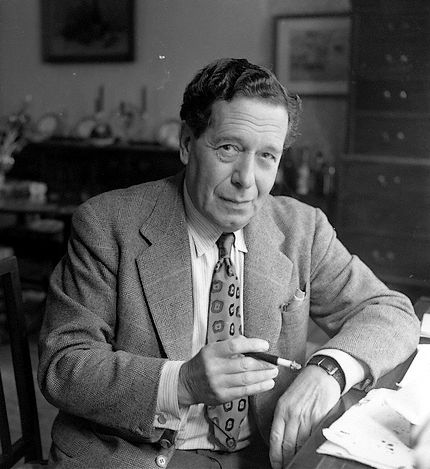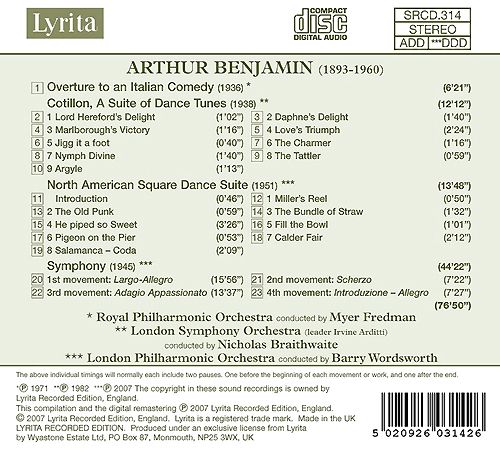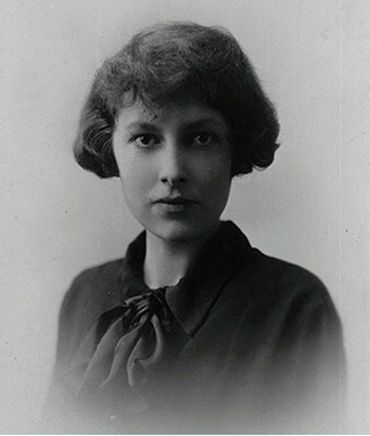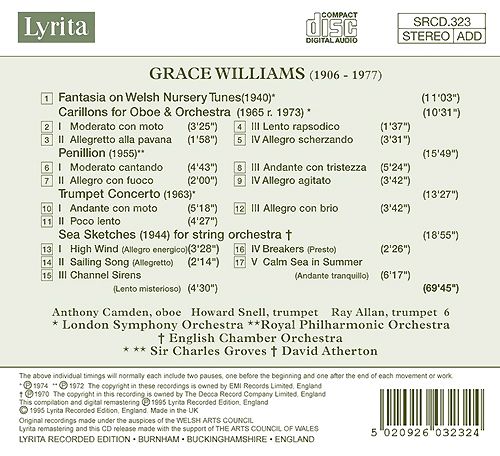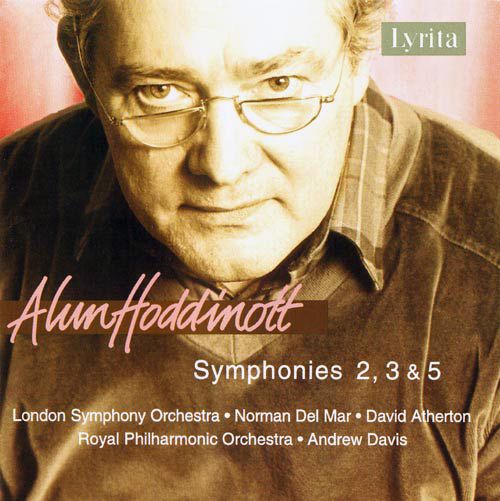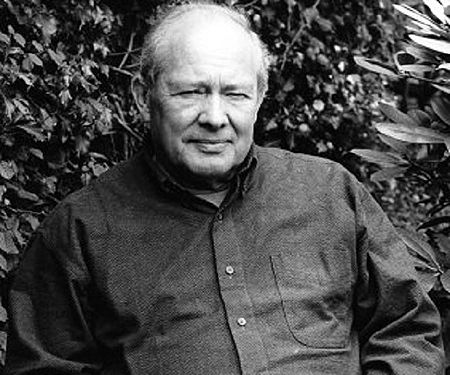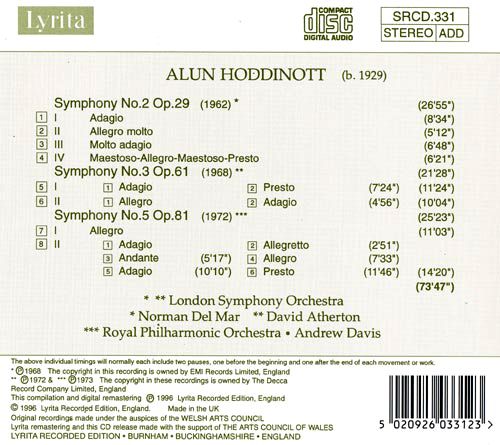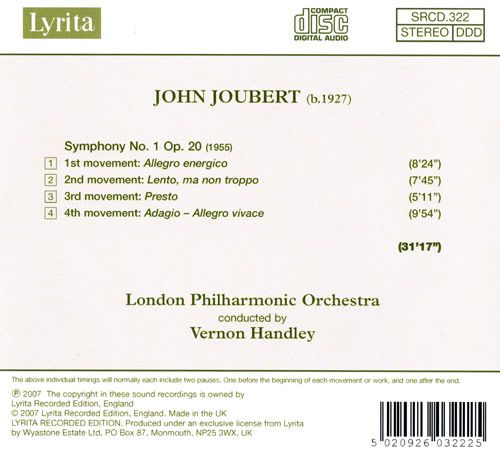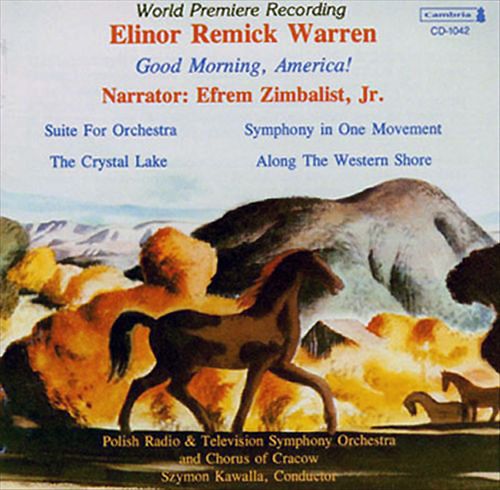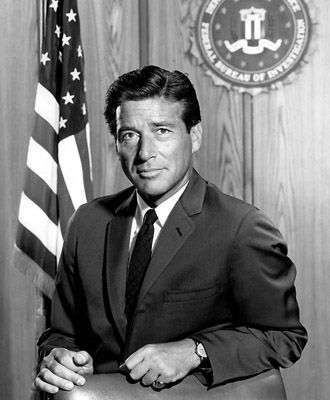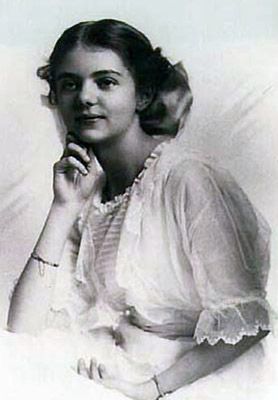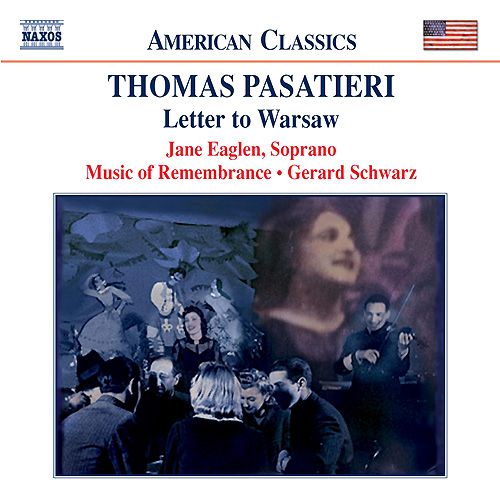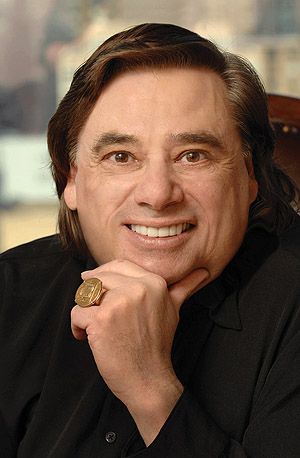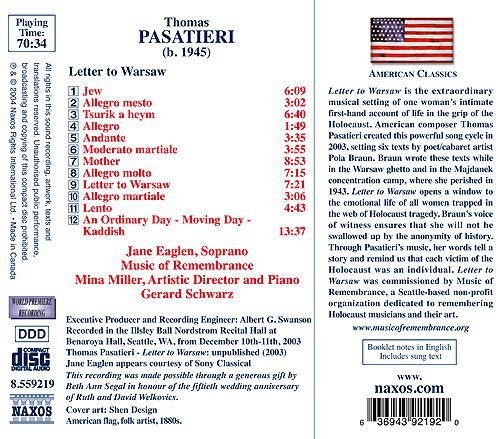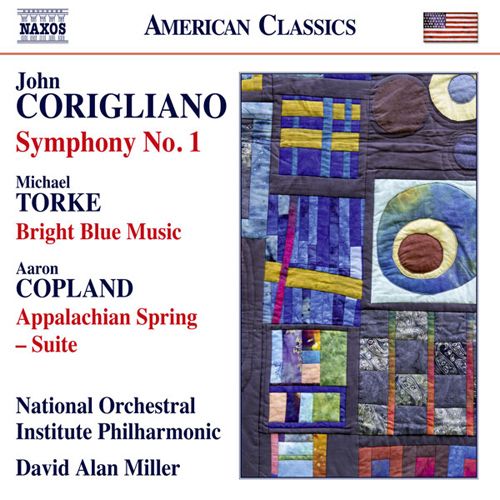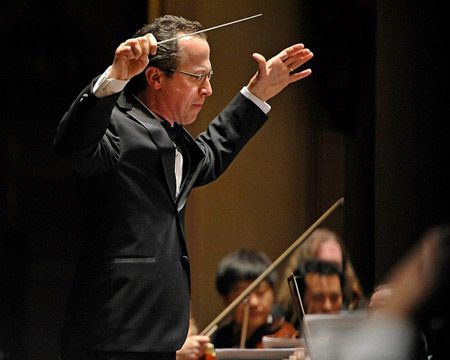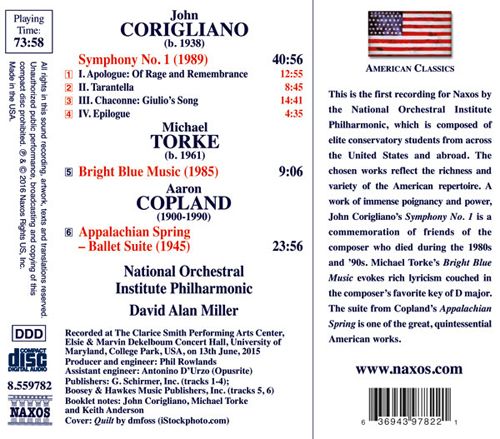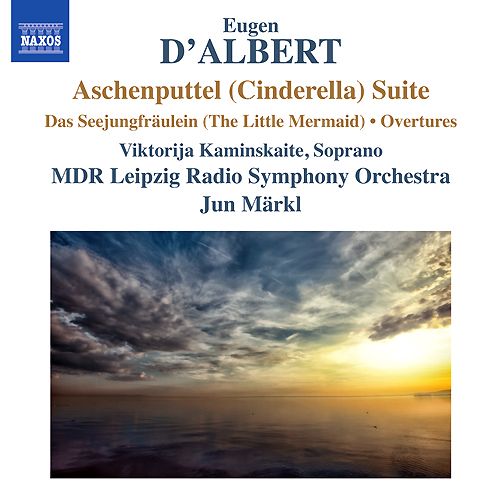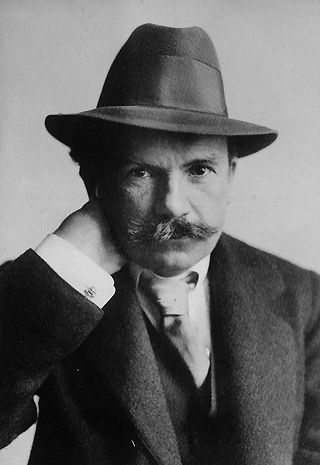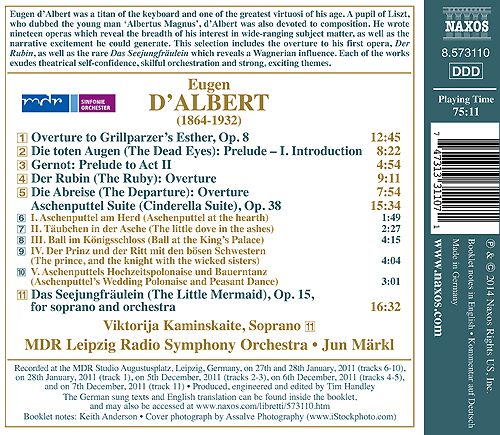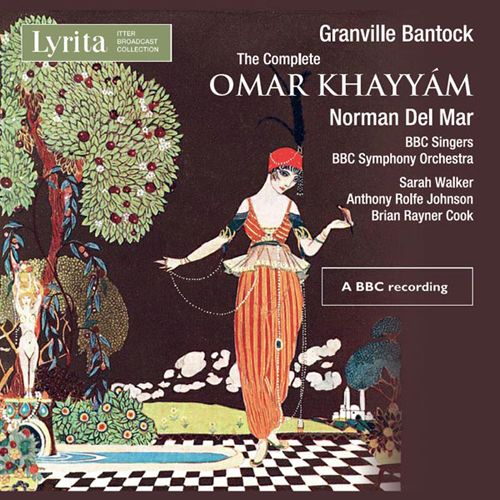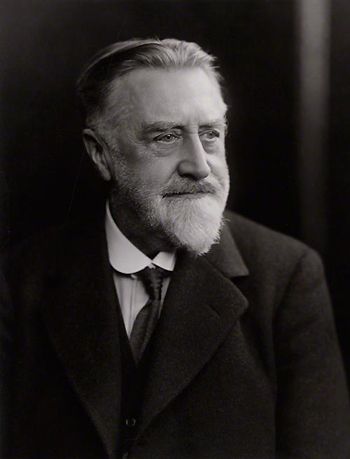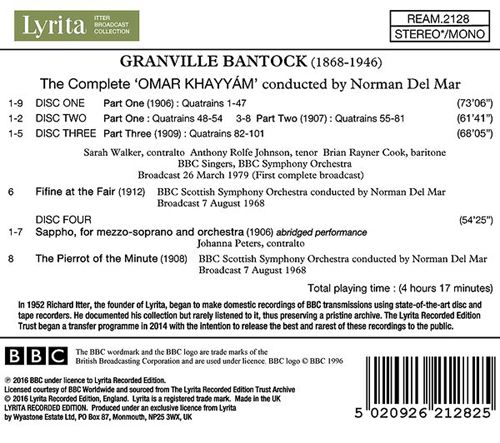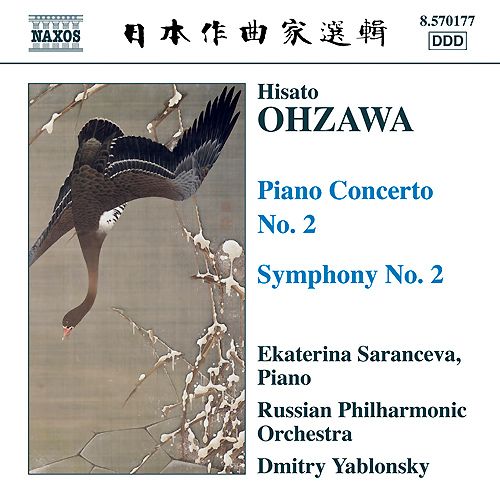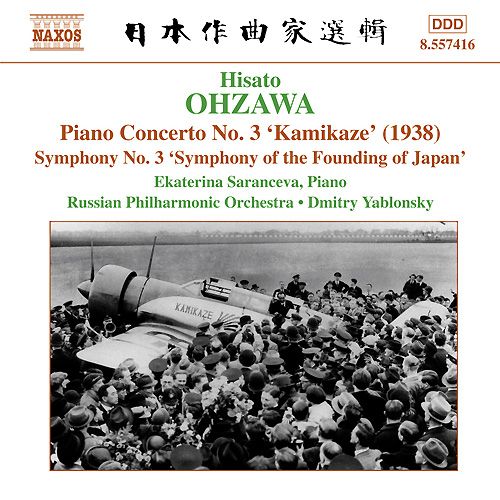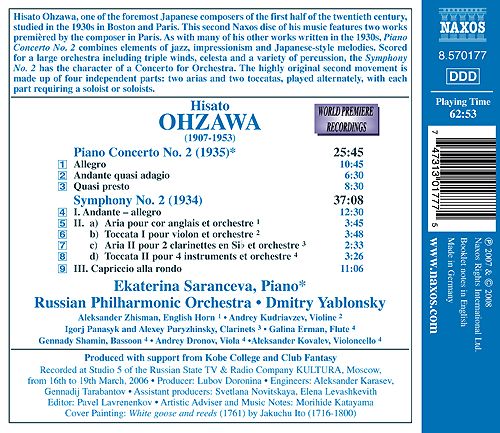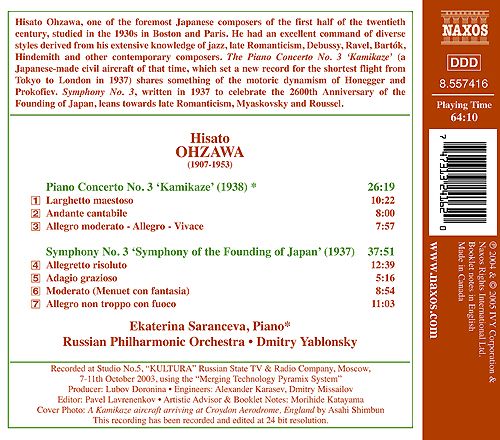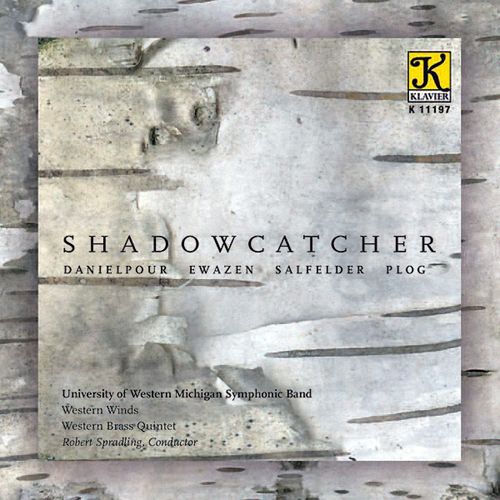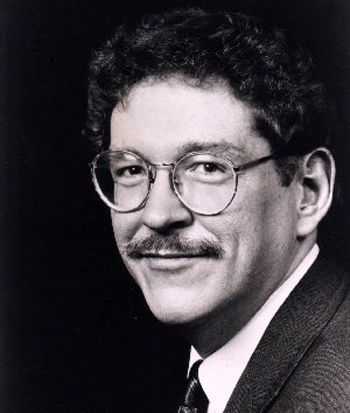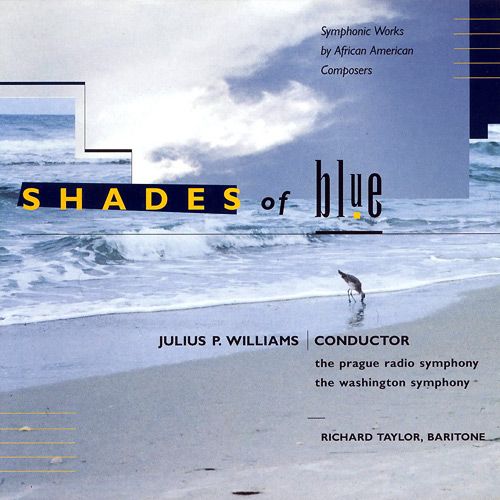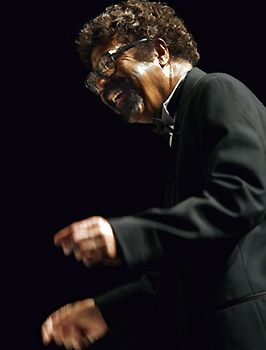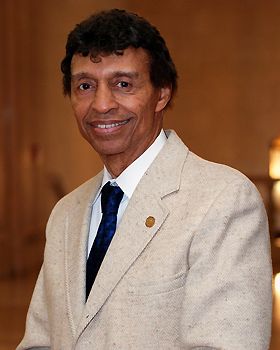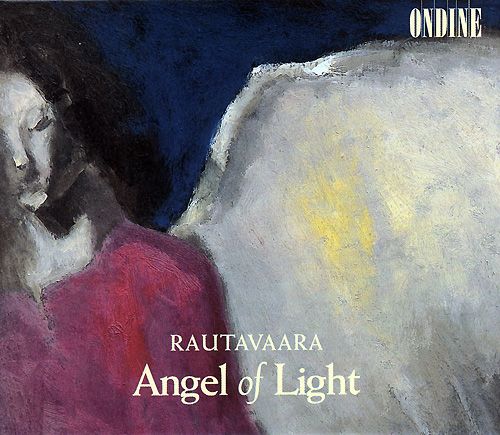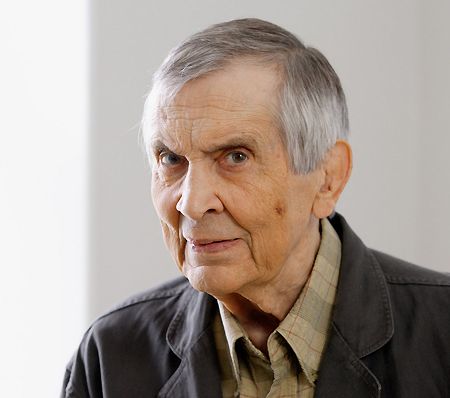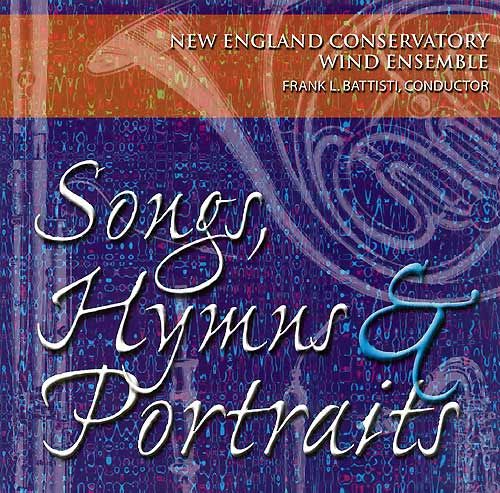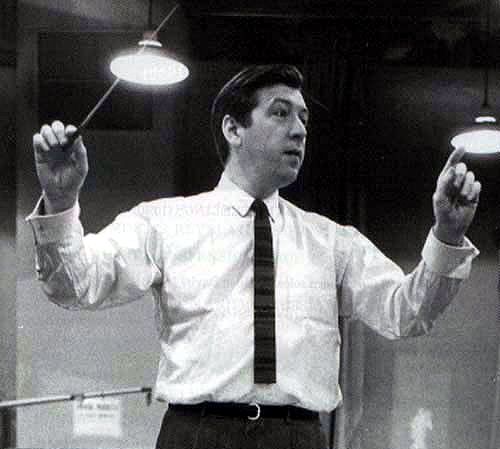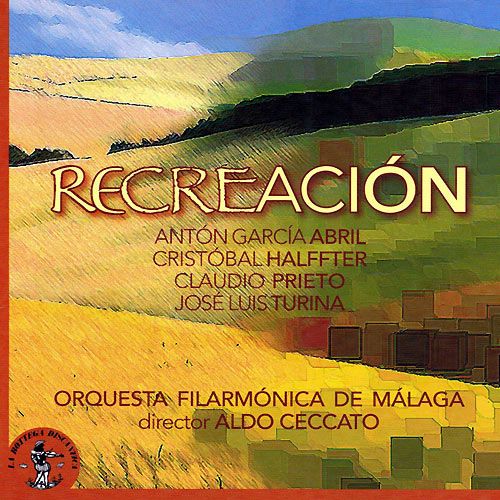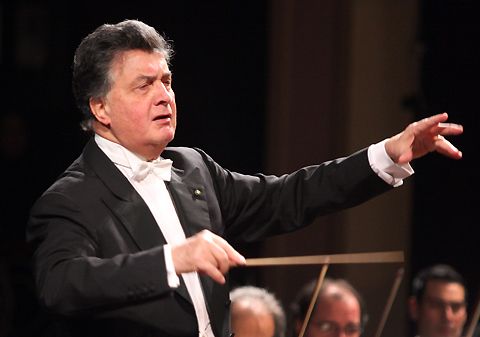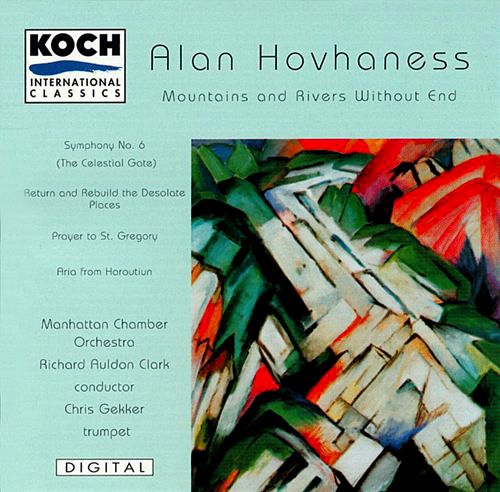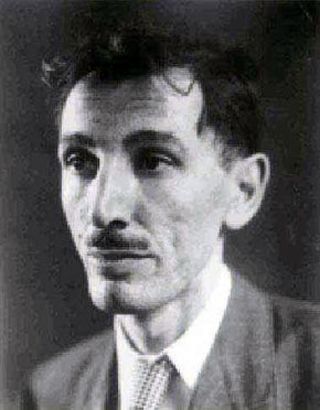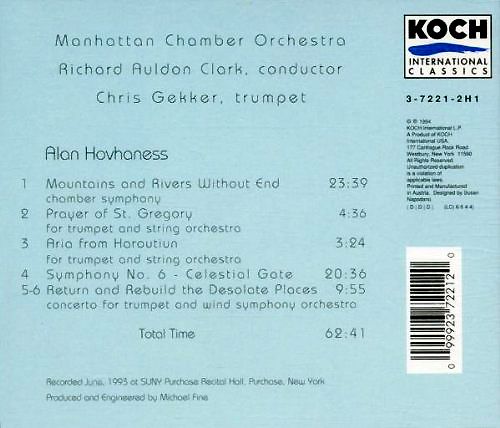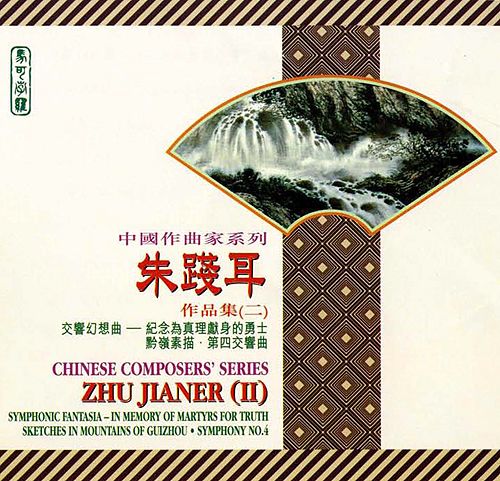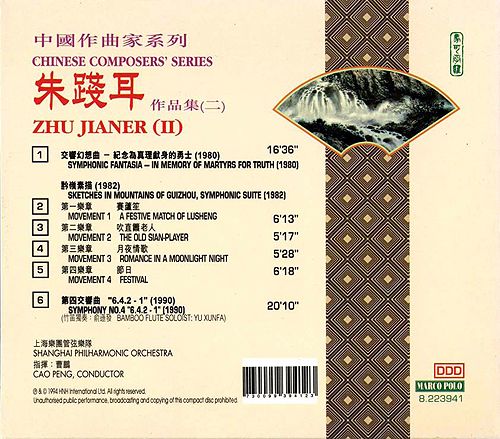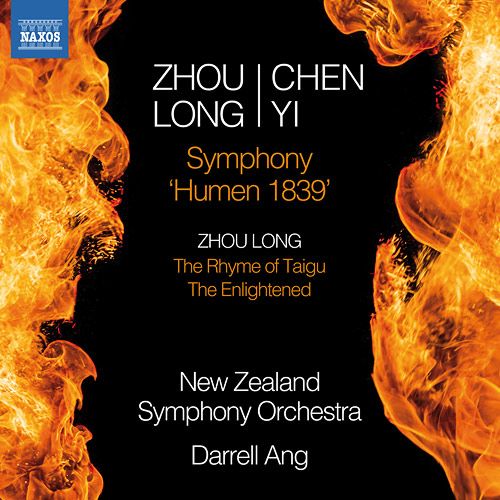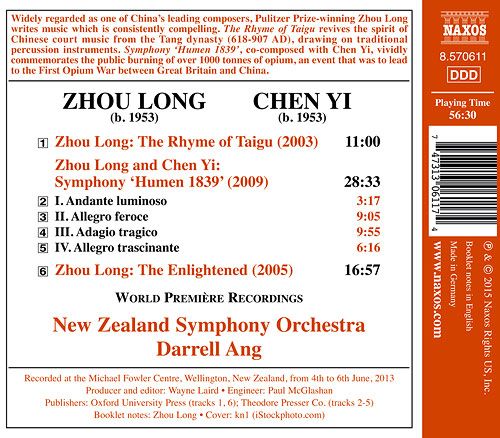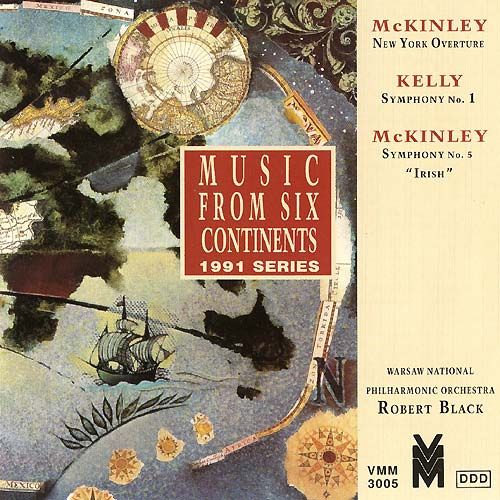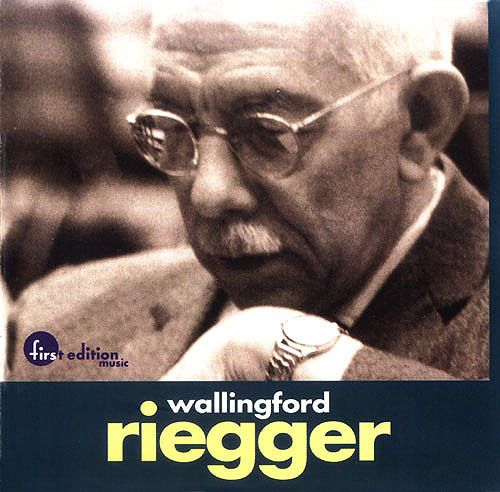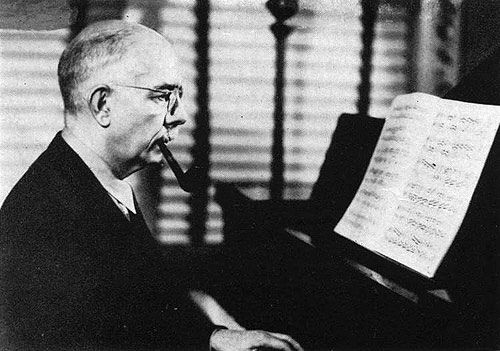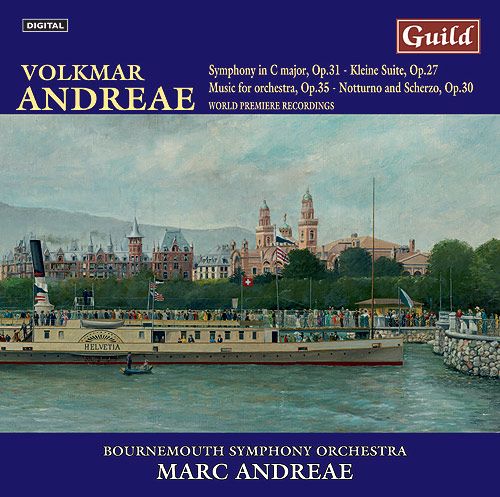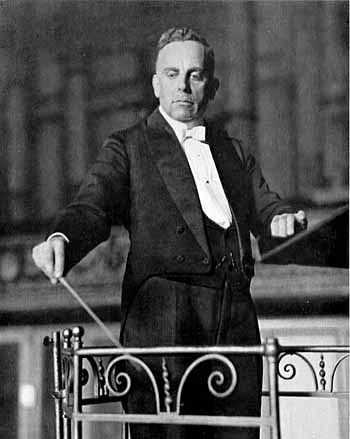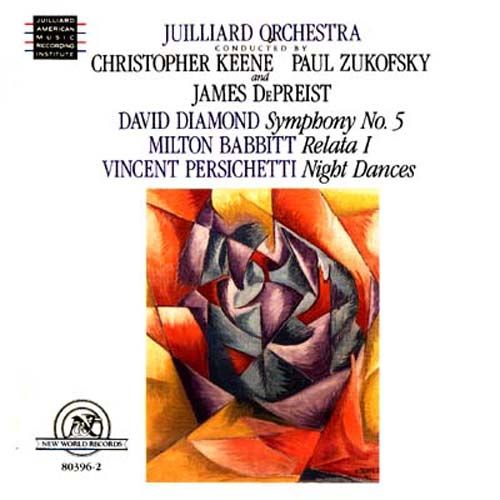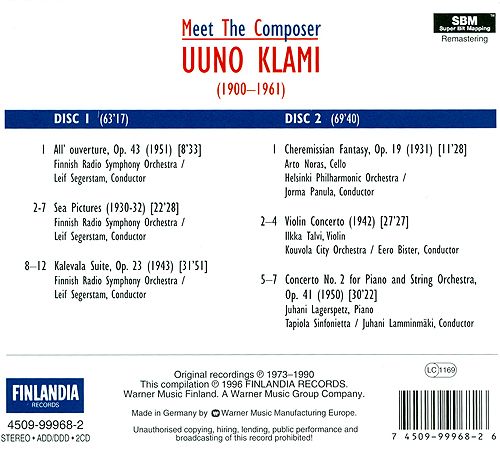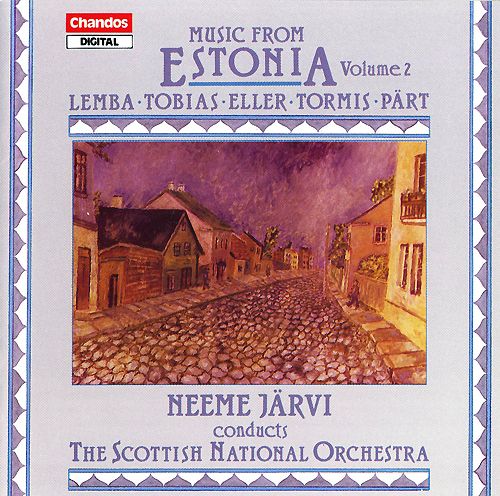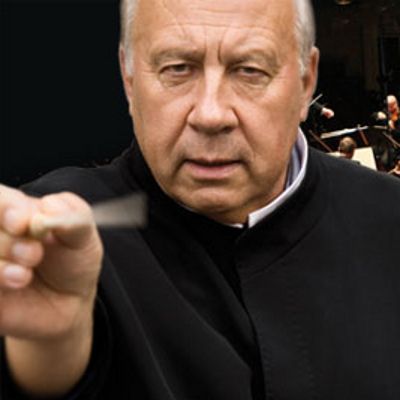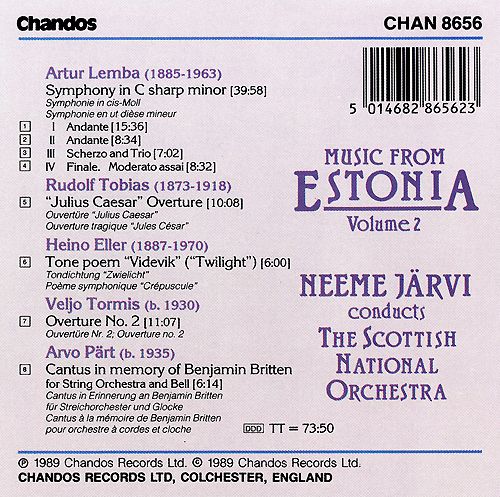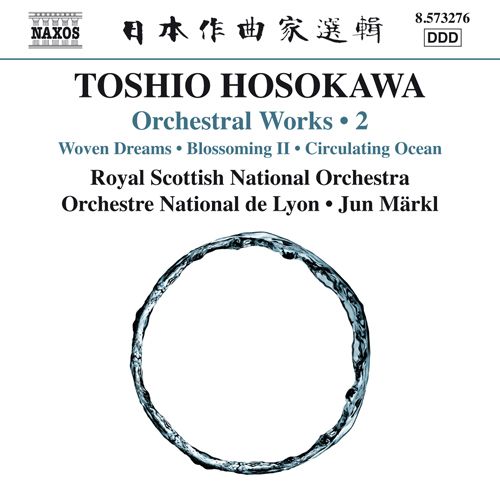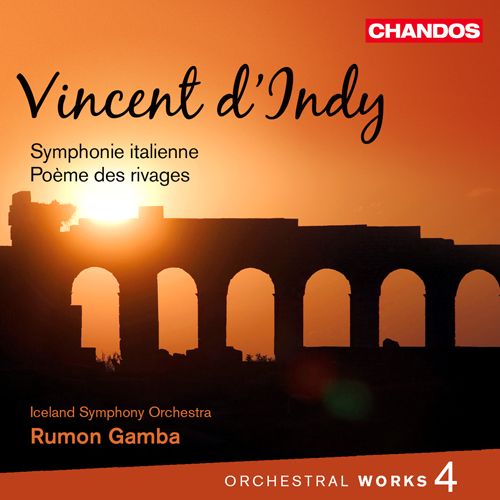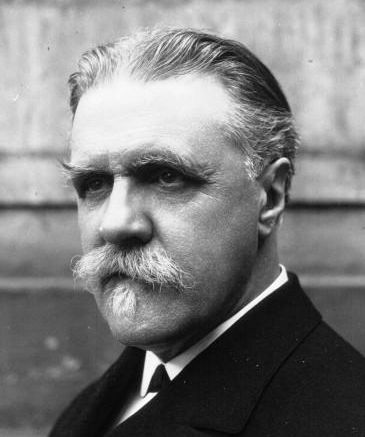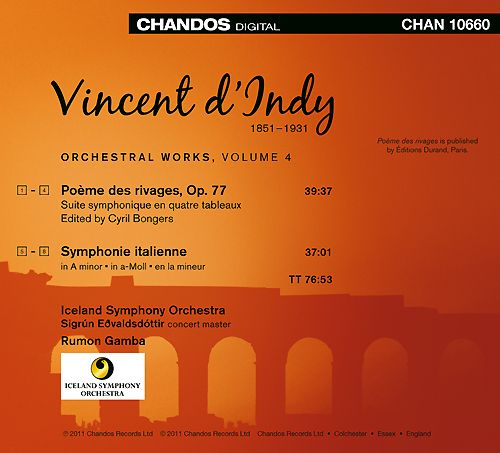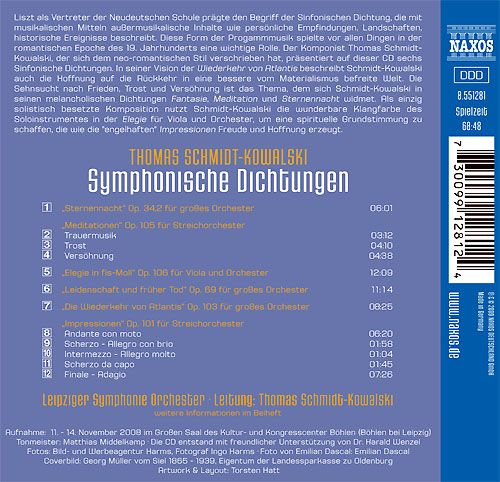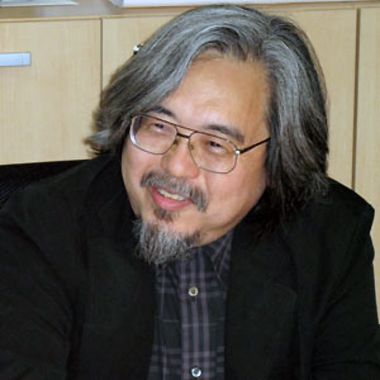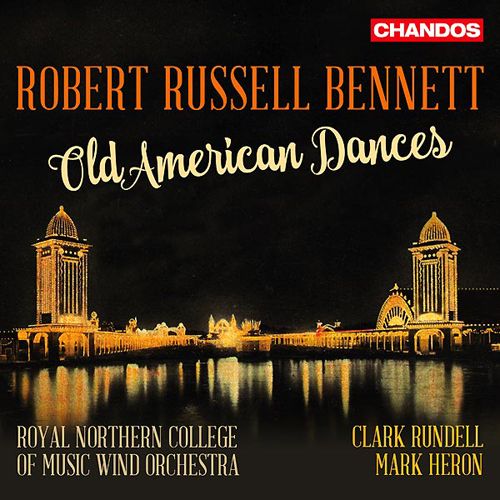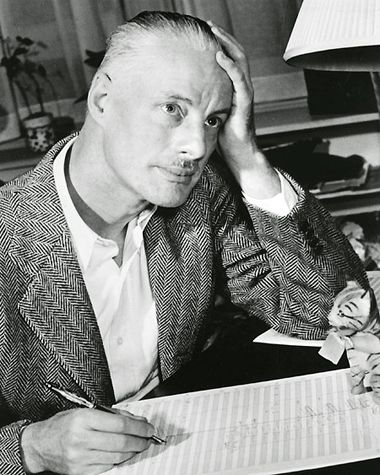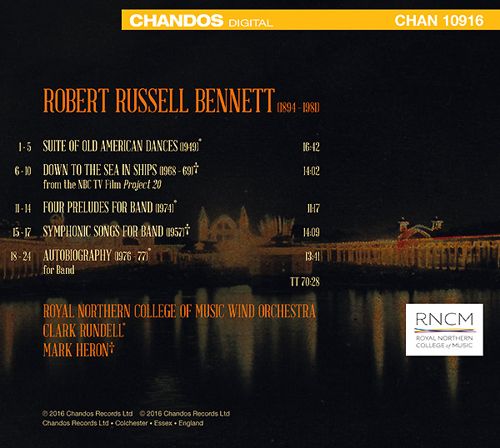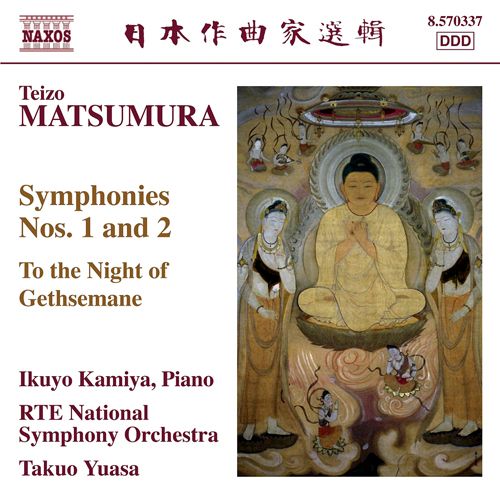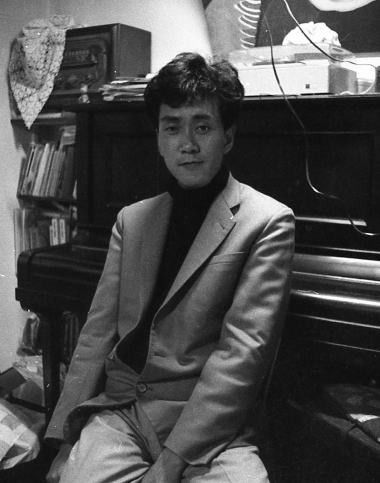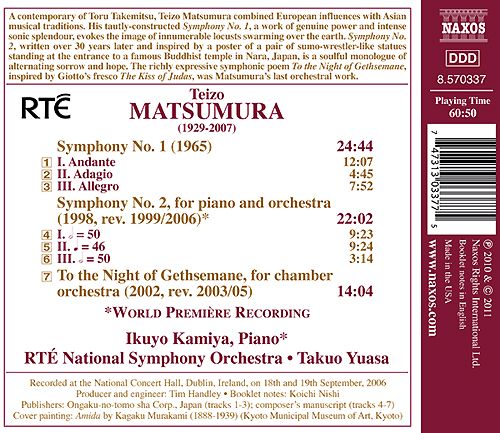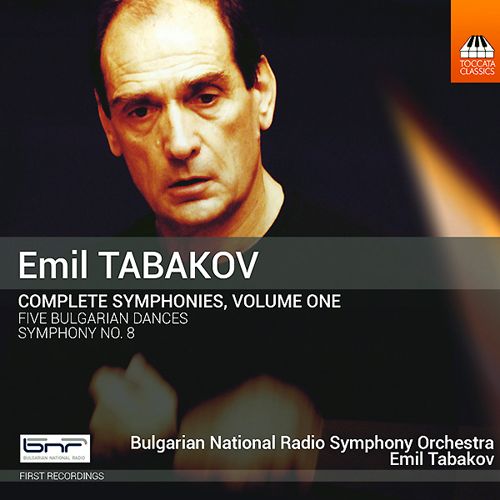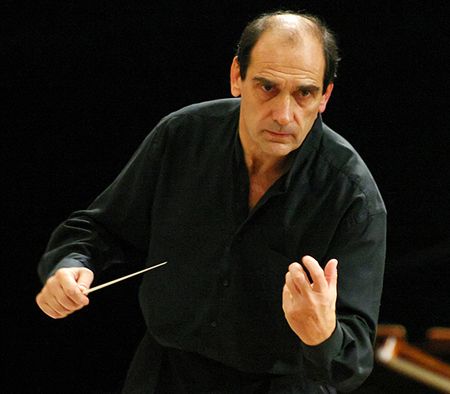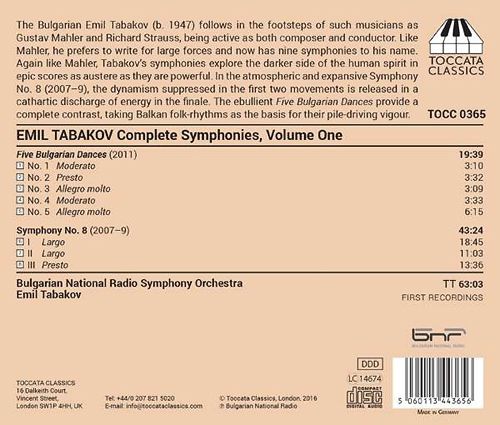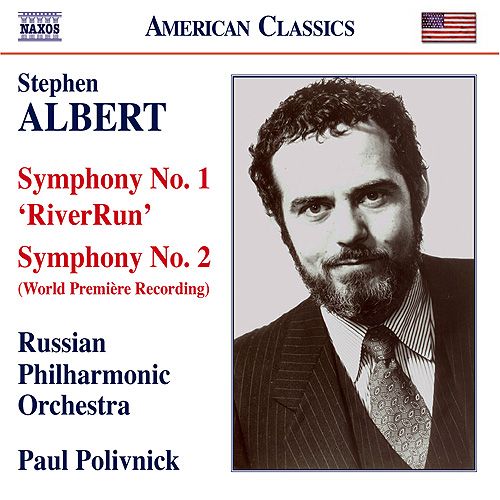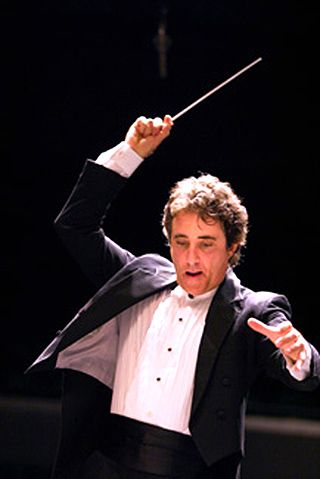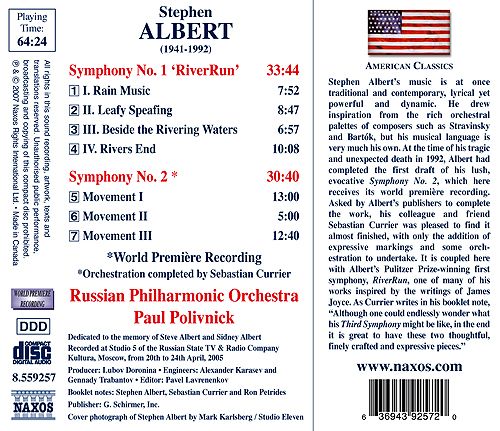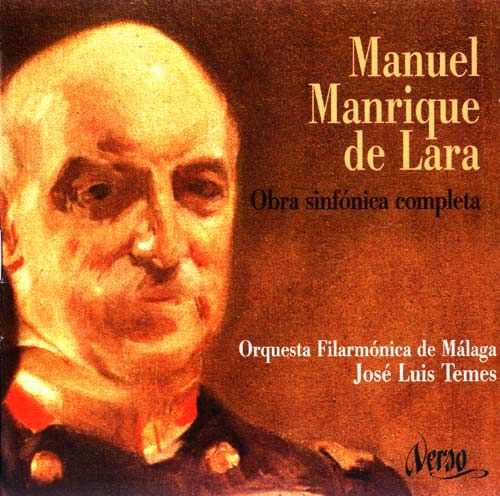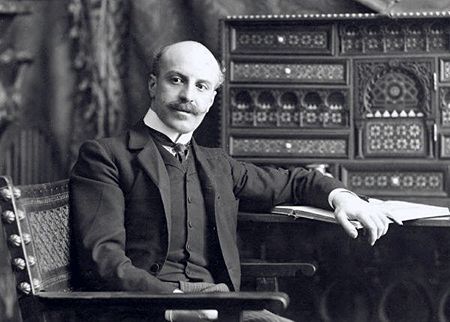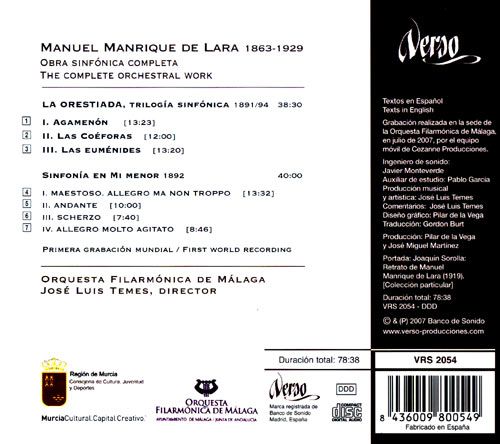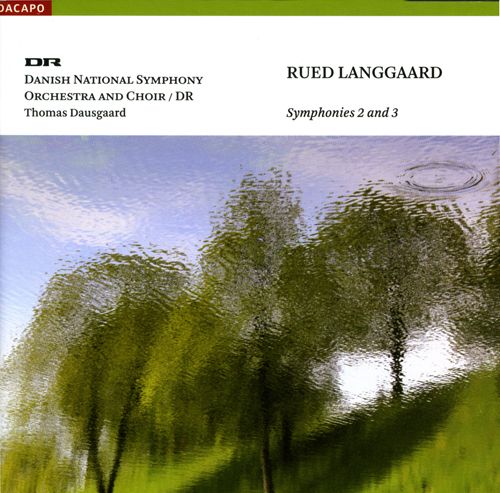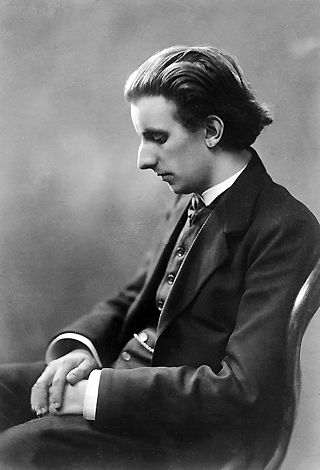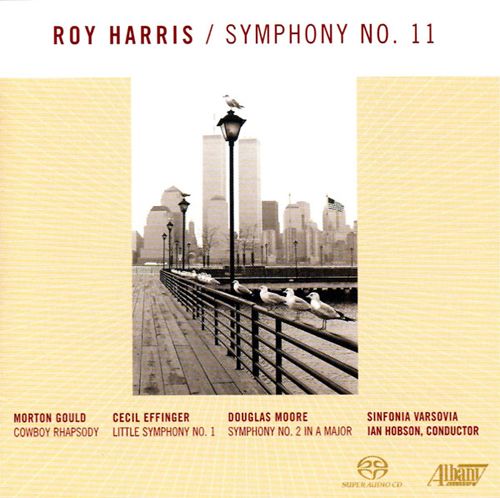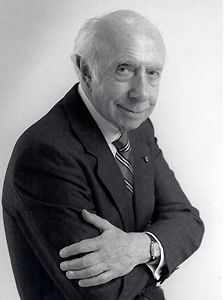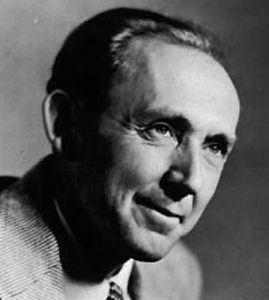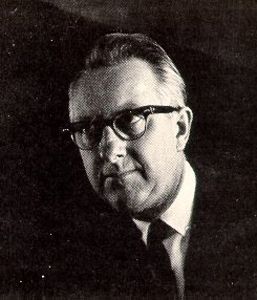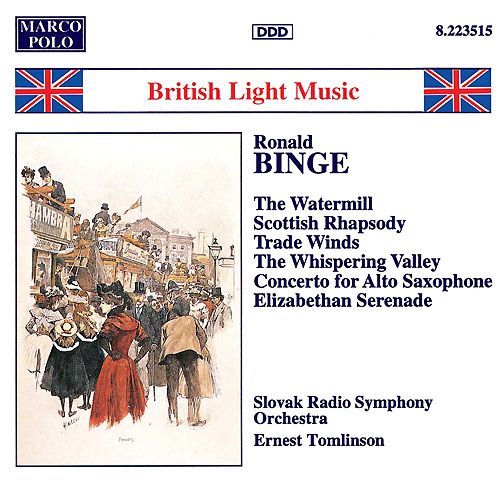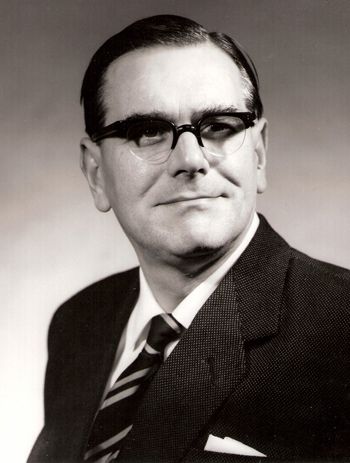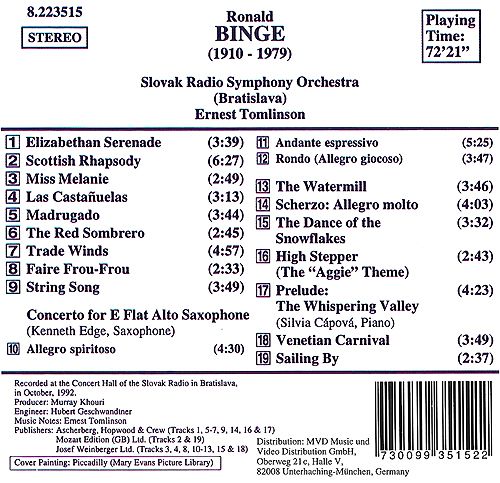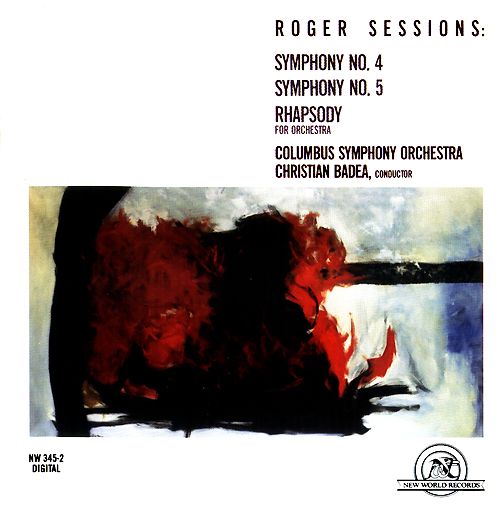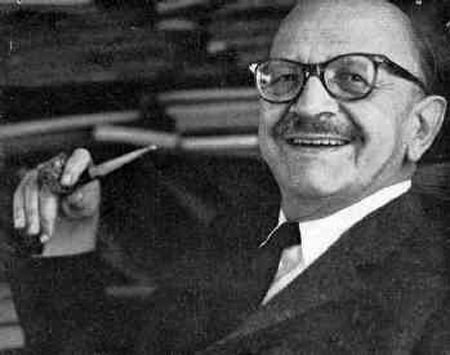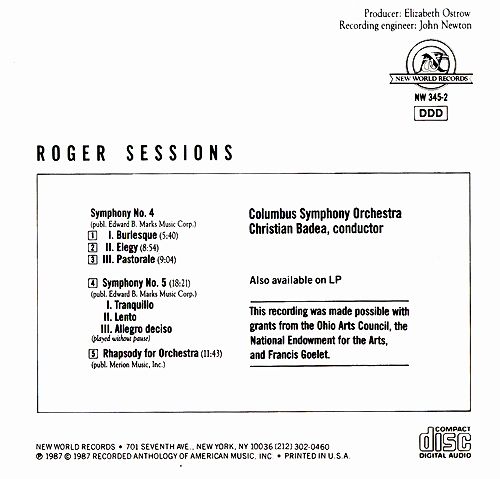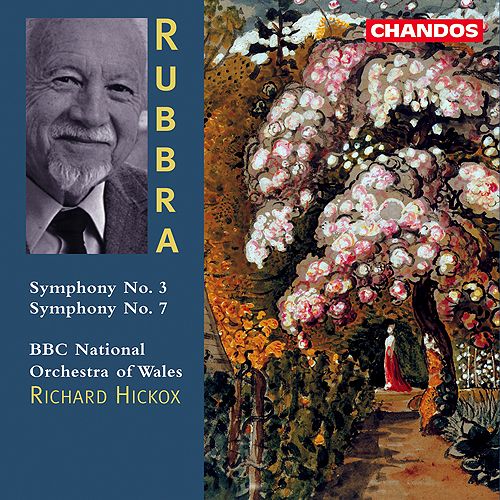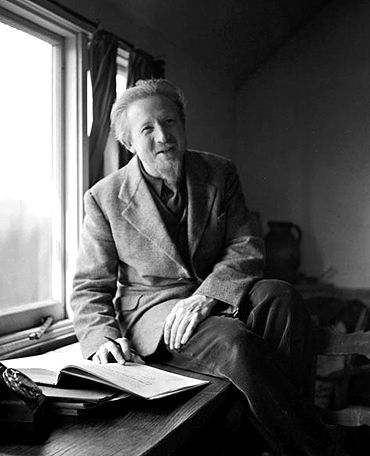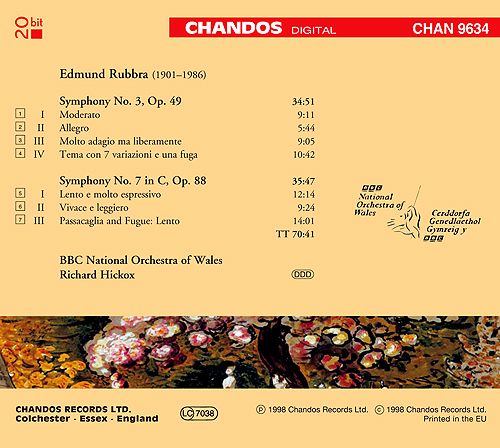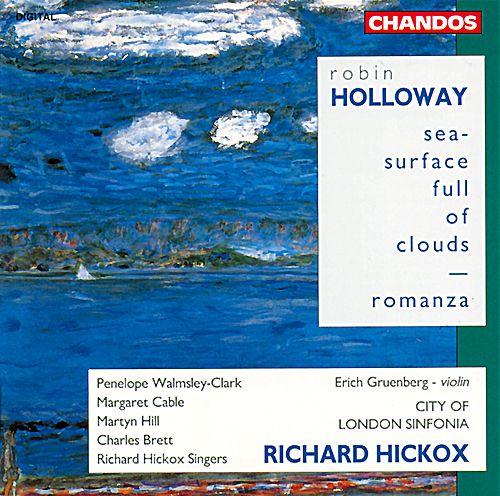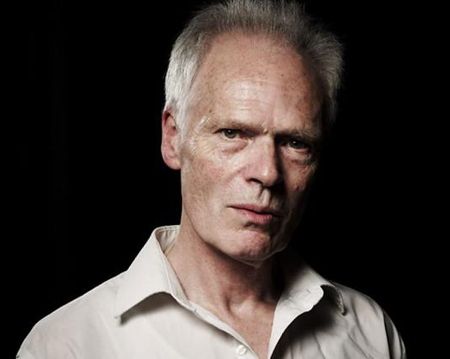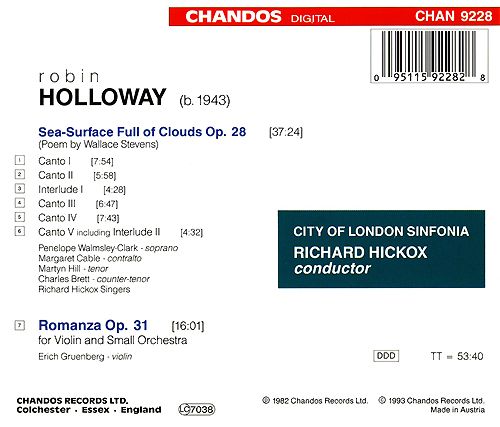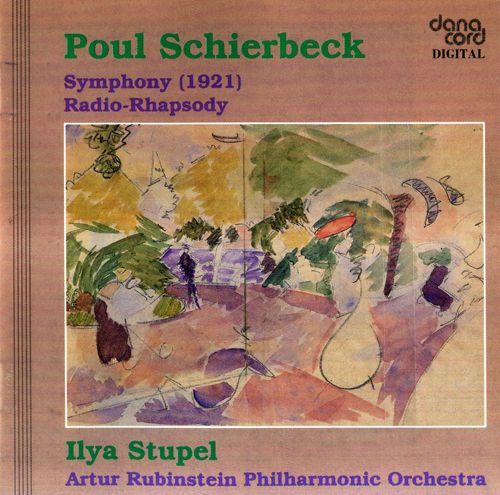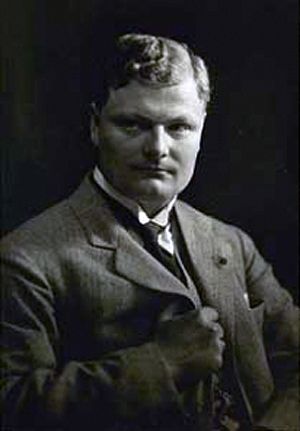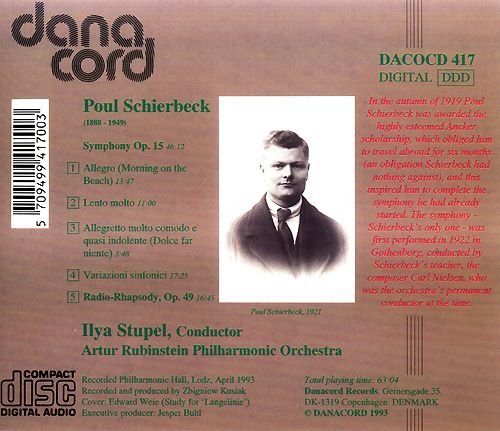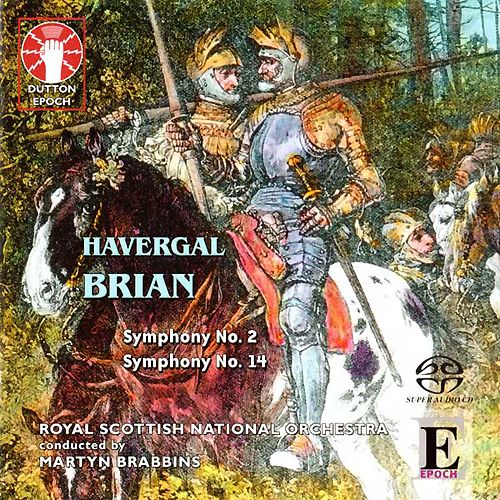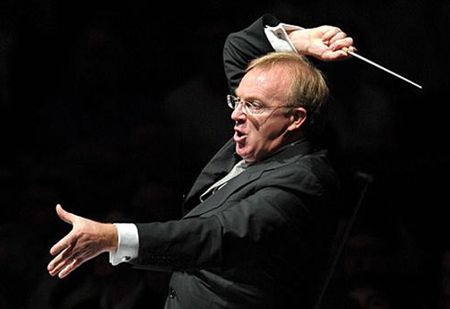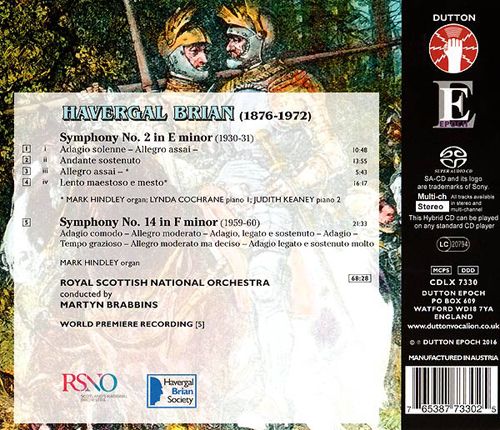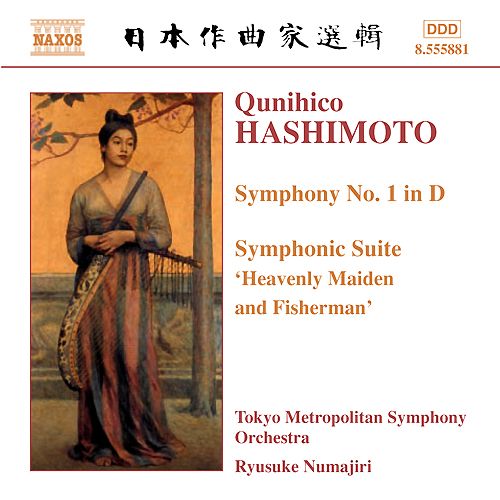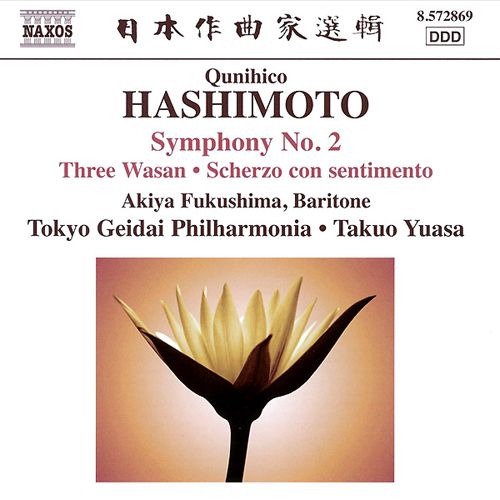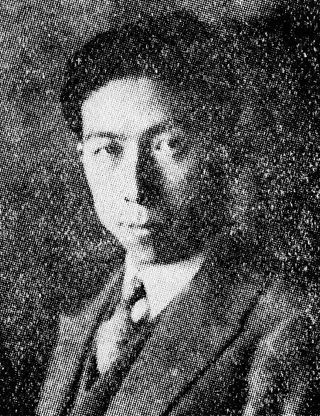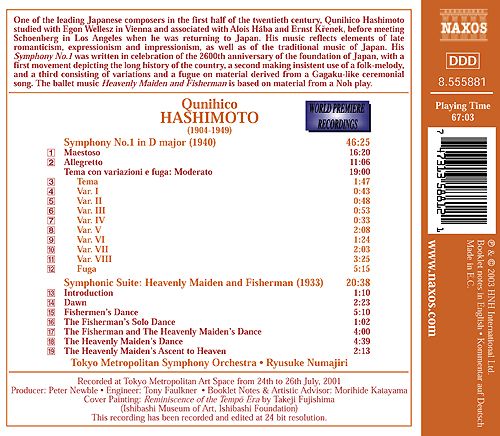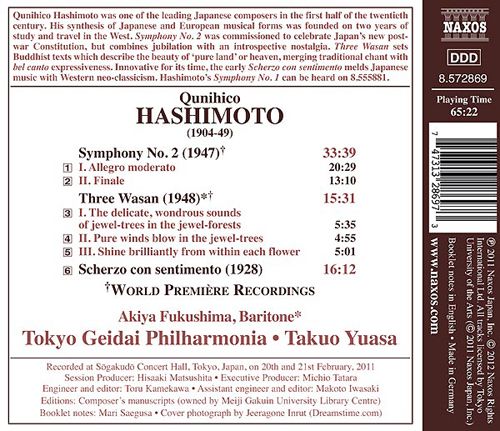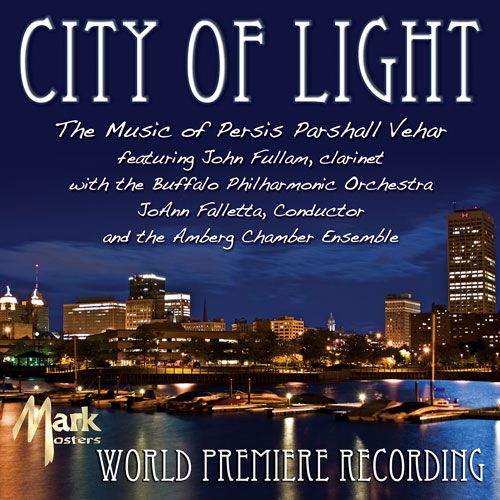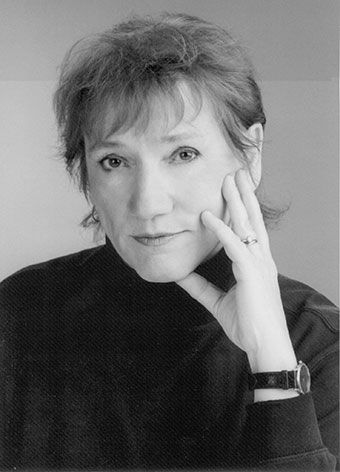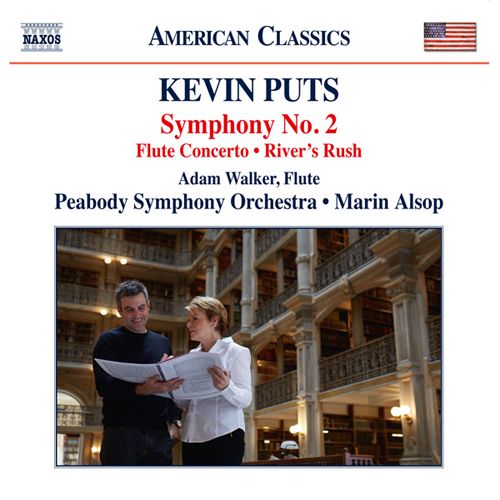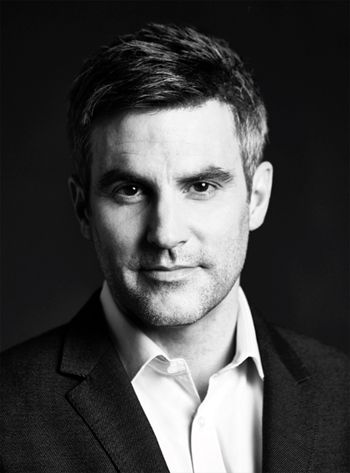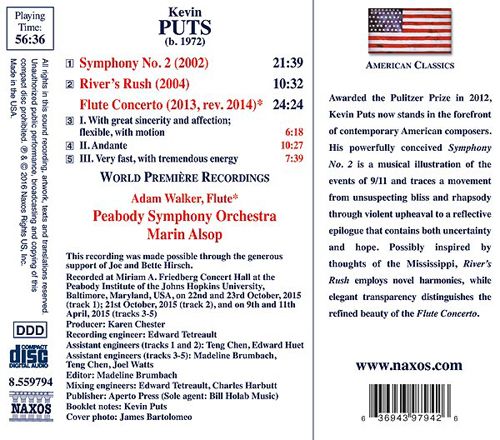No.993
Modern: Tonal
Daniel Jenkyn Jones (1912-1993) is often regarded as having been the greatest Welsh composer. His music is marked
by traditional form, some adherence to tonality, and complex meters. His most notable works are his 13 symphonies (in 12
different keys) and eight string quartets. When Jones was young, his family moved to Swansea. His father and brother both
composed; his mother was accomplished at needlework, which, he said, gave him a love for intricate recurring patterns in a design.
He began to compose while he was still a child. Jones took his bachelor's and master's degrees in English Literature at Swansea
University in 1934 and 1939, but he had already won recognition as a composer by receiving the Mendelssohn Scholarship in 1935.
(He had submitted works he wrote even before his college years). He used the scholarship for study travels to Czechoslovakia,
Holland, France, and Germany. His trips to Europe were partly to experience the various cultures there, partly to expand his
talent for languages, and partly to experience music. In the meanwhile, he became part of an artistic group based in Swansea
that included poets Dylan Thomas and Vernon Watkins and the painters Fred Janes and Kerry Richards.
He attended the Royal Academy of Music from 1939, studying viola, horn, conducting (with Henry Wood), and composition.
His interest in numbers and complex patterns led him to begin using recurring metric shifts of a pattern of different measure-
lengths that would repeat. This allowed him to create melodies of rhythmic ambiguity but with an underlying symmetry and
organization. One source of his metrical patterns was nature: he constantly sought to recognize patterns in the environment,
and he kept a microscope so he could look for patterns in plants.
In World War II, the Army recognized his talents as a linguist and cryptographer, and sent him to the top-secret code-breaking
establishment at Bletchley Park, where he specialized in Russian, Rumanian, and Japanese intercepts and documents. Of
necessity he did not undertake any composition -- there was not time for that -- but was able to think about musical
structures and ideas. He said these years enabled him to assimilate all he had learned about music in his travels and studies.
After the war, Jones moved for a year to Cornwall, mostly intending to sketch out ideas and develop his mature style.
He destroyed or embargoed the music he had written before the War. His first major compositions emerged from the
year in Cornwall: his First Symphony (1945) and First String Quartet (1946). After that he returned to Swansea,
where he lived for the rest of his life. Despite not entering the London musical life, he did see his career develop after
he won the Royal Philharmonic Prize for an orchestral work, Prologue, in 1950.
He came to further attention with his score for a famous radio interpretation of Dylan Thomas' Under Milk Wood, which
won the Italia Prize in 1954. After Thomas' death Jones became the trustee of his estate and edited the edition of Thomas'
complete poems. He also wrote one of the first notable biographies of the poet, My Friend Dylan Thomas. Jones has said
that subconsciously there is always an element of Welshness to his music, though he does not often use folk material.
Most of his commissions came from Welsh festivals and organizations.

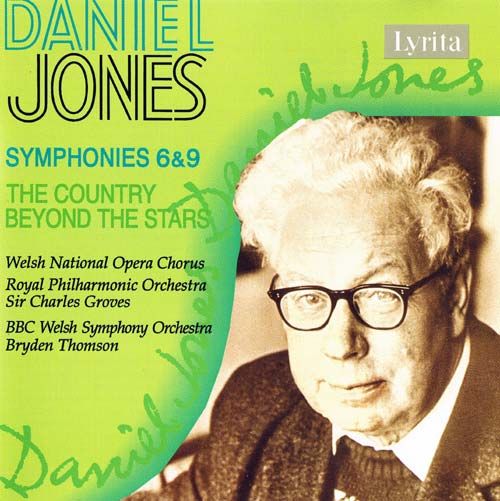
Music Composed by Daniel Jones
Played by the Royal Philharmonic Orchestra & BBC National Orchestra of Wales
And the Welsh National Opera Chorus
Conducted by Sir Charles Groves & Bryden Thomson
"There has been something of a revival of interest in Daniel Jones's music lately, and I was glad of the
opportunity that this reissue provides to catch up with it. His language is immediately striking: dark,
craggy, strongly dramatic and powerfully vehement. It frowns a good deal, and he has a way of what
one might call 'block orchestration', whole groups or families of instruments being used like thickly
applied pigments, that can lead to densely full textures at times. It is somehow characteristic of him
that in The Country beyond the Stars, a brief cantata on texts by Henry Vaughan, he should choose to
set "The Morning Watch" ("0 joyes! Infinite sweetness! With what flowres and shoots of glory my soul
breaks and buds!") with very full textures and rather earthbound dotted rhythms, while his refusal to
indulge in mere picturesque onomatopoeia in "The Bird" ("The Turtle then in Palm-trees mourns, while
Owls and Satyrs howl") is somehow both admirable in its earnestness and disappointing.
Once on his wavelength, however, there is much to admire here: the tensely expressive lyricism that
Jones can distill from brooding darkness, the sheer resourceful skill of his thematic working, the passionate
eloquence that is sometimes won from this. He is, it seems to me, something of a hit-and-miss composer:
both the Ninth Symphony and the cantata begin well (a striking group of pithy ideas, absorbingly
discussed; a warmly melodious, amply singable hymn) but end disappointingly (the symphony with
what sounds like a sonata movement that never gets beyond the exposition, the cantata with a heavy-
limbed fugue, a glumly inadequate response to Vaughan's ecstatic jubilance). But the dark, urgent
drama of the Sixth Symphony, the lift-off that Jones's brusquely springy rhythms can attain, above
all a sort of hard-won sustained intensity of utterance (the slow movement of the Ninth Symphony is
a good example) make him a genuine symphonist, one whose wrestlings with the form are absorbing
even when they don't quite come off. The performances are excellent throughout; the recordings are
beginning to sound their age (a patch or two of glare) but are perfectly serviceable."
Gramophone
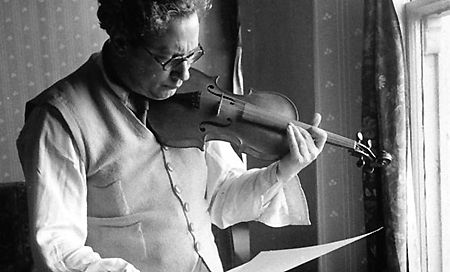
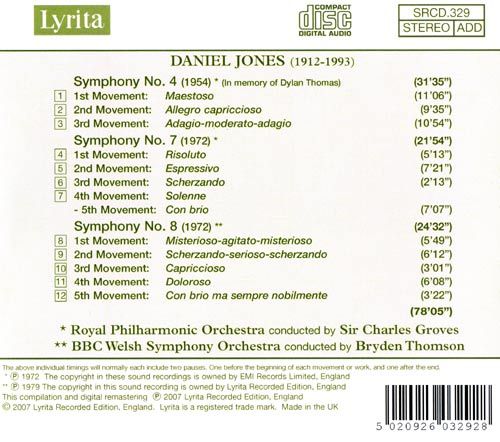
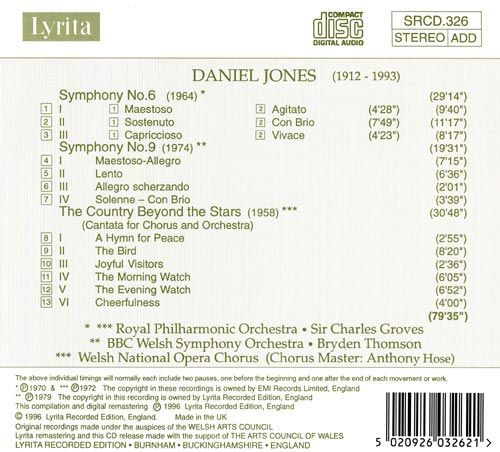
Source: Lyrita Recorded Edition CDs (My rip!)
Formats: FLAC (RAR), ADD Stereo, mp3(320)
File Sizes: 339 MB / 177 MB + 382 MB / 181 MB
Download Link - [Add to my reputation and send me a PM requesting the FLAC links!]
mp3 versions - Symphonies 4, 7 & 8 (
https://mega.nz/#!5oRATAjQ!CMGYL6v9iLhbx0nVJrFMamqCjhXusiIjMYFdRTNZ9QE) - Symphonies 6 & 9, The Country Beyond the Stars (
https://mega.nz/#!FgojnIBZ!8RcaomwgFnejSoqsp1FhkxkTqInNLCdergZrei_cVbg)
Enjoy! Don't share! Buy the original! Click on "Reputation" button if you downloaded this album! :)
---------- Post added at 11:56 AM ---------- Previous post was at 11:03 AM ----------
No.994
Modern: Tonal
This disc presents some key examples from Alun Hoddinott�s cogently argued, purely abstract works and
from his series of pieces inspired by literary or visual images. All five pieces demonstrate his acute ear for orchestral
and instrumental sonority, especially in their imaginative use of percussion; they also serve as a reminder of his
love for Baroque forms such as passacaglia and ritornello and interest in contemporary procedures such as
palindromic and aleatory methods.
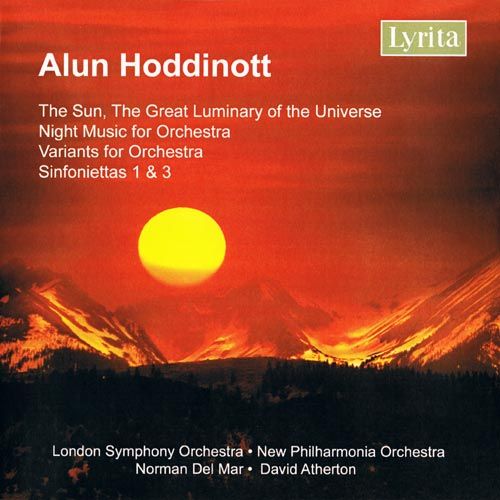
Music Composed by Alun Hoddinott
Played by the London Symphony & New Philharmonia Orchestras
Conducted by Norman Del Mar & David Atherton
"The disc opens with the Variants for Orchestra written at a time when no composer was immune
from the twelve-tone system. Interestingly Hoddinott adapts it to his own creative needs. He was on
holiday in Italy and movements two, four and six derive their inspiration, according to Paul Conway in
his supporting notes, from the Italian trip weaving in �impressions of the countryside�. The remaining
movements derive from a tone-row, so in effect this is a work in double variation form. In addition
some of the material is related throughout the work. The variants are given classical, Italian titles,
Toccata (a fleeting Scherzo) Notturno (a favourite mood of the composer) and Passacaglia the
harmonies of which can be heard clearly in chords found in the first movement. To crown this formally
complex work we have a double-fugue which somehow contrives rather abruptly to �end on E�. You
are unlikely ever to hear this work live, so this is your only opportunity to get to know one of the
composer�s most ingenious and brilliant pieces. But perhaps the complex form outweighs its
musical interest.
In the work immediately following, Night Music, he developed the nocturnal theme even further.
Hoddinott composed at night - I often felt that he had what my mother insists on calling bags
under the eyes! There are several nocturnal works, for instance the piano Nocturnes of 1956 and
later, and another recorded work The Heaventree of Stars for violin and orchestra. This is the
Hoddinott I most admire, the way he expresses himself through the medium of orchestration.
This is not Bart�kian night music, although there is extensive use of percussion, a Hoddinott trade-
mark, both tuned and unturned, the effect is gained through what Conway describes as �dense
chordal textures� which evoked �initial sensations of darkness�. I find with a work like this that
I never want it to end.
The Sinfoniettas are three movement works but the Sinfonietta No. 1 has, as a second, a Scherzo
which includes within it a slow movement. It opens with a passionate Rapsodia and as ever in his
music Hoddinott�s orchestration is a revelation and must make his work a joy for orchestras to
play. The Sinfonietta No. 3 dates from two years later but as many as sixteen opus numbers further
on. It was written for the now sadly defunct Cardiff Festival of 20th Century music. It follows a clear
three movement pattern. The opening is a brooding Moderato, brilliantly but succinctly analysed by
Paul Conway, the opening material of which is used extensively and economically and re-emerges
in the third. The second movement although marked Adagio comes out in this interpretation as
seeming to be at the same tempo; it has only two ideas which evolve and repeat around a central
climax. Finally there is a skittish scherzo-like Allegro.
The last work on the disc is a real masterpiece and one that has not really been recognised as such.
Based on a passage in James Joyce, the symphonic poem (Hoddinott never uses the term),
The Sun, The Great Luminary of the Universe sets, almost sentence by sentence, a paragraph
(quoted in full in the notes) from �A Portrait of an Artist as Young Man�. It�s an hypnotic vision of
the Last Judgement, with the �moon, blood red� in a passage of wide dissonances opaquely
orchestrated. St. Michael with his � archangel trumpet the brazen death of time� can be heard in
its wild and chaotic great climactic moment. Hoddinott quotes, unsurprisingly I suspect, the
Chorale Es ist genug associated with Berg�s last great masterpiece - the Violin Concerto. The
�Dies Irae� plainchant, so often quoted by Rachmaninov, is also heard. This, and all of the
performances were made under the watchful eye of the composer. Each has the stamp of
authority. In addition with the LSO taking the main brunt of the works one hears them, arguably,
at their very best period under a conductor whose sympathies for twentieth century music
were, and still are, legion."
Musicweb
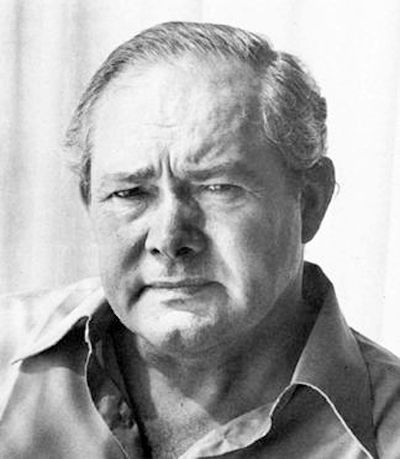
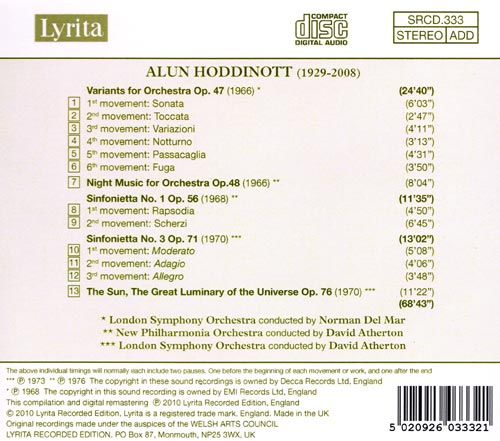
Source: Lyrita Recorded Edition CD (My rip!)
Formats: FLAC (RAR), ADD Stereo, mp3(320)
File Sizes: 277 MB / 159 MB
Download Link - [Add to my reputation and send me a PM requesting the FLAC link!]
mp3 version -
https://mega.nz/#!spwkGLBT!AcdeCoGnV9g3HvIC0SKx9SpLZSfX1m_jr2rIjfDEdpU
Enjoy! Don't share! Buy the original! Click on "Reputation" button if you downloaded this album!:)
